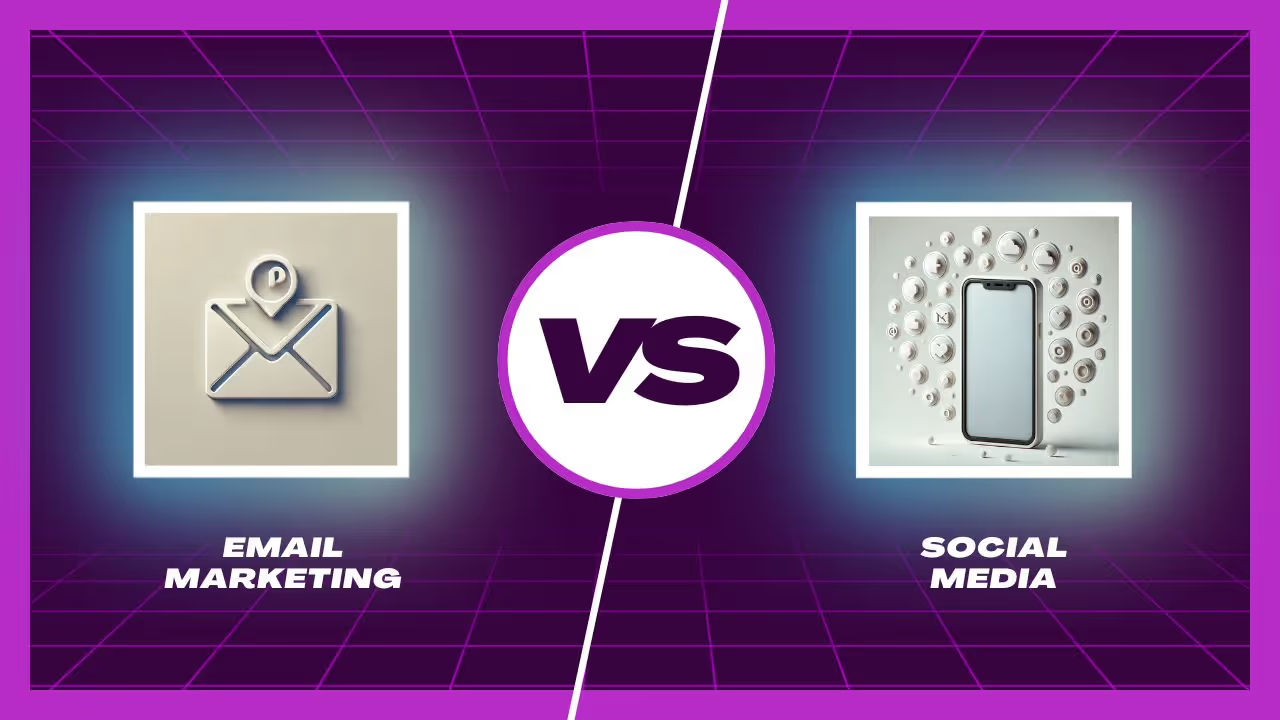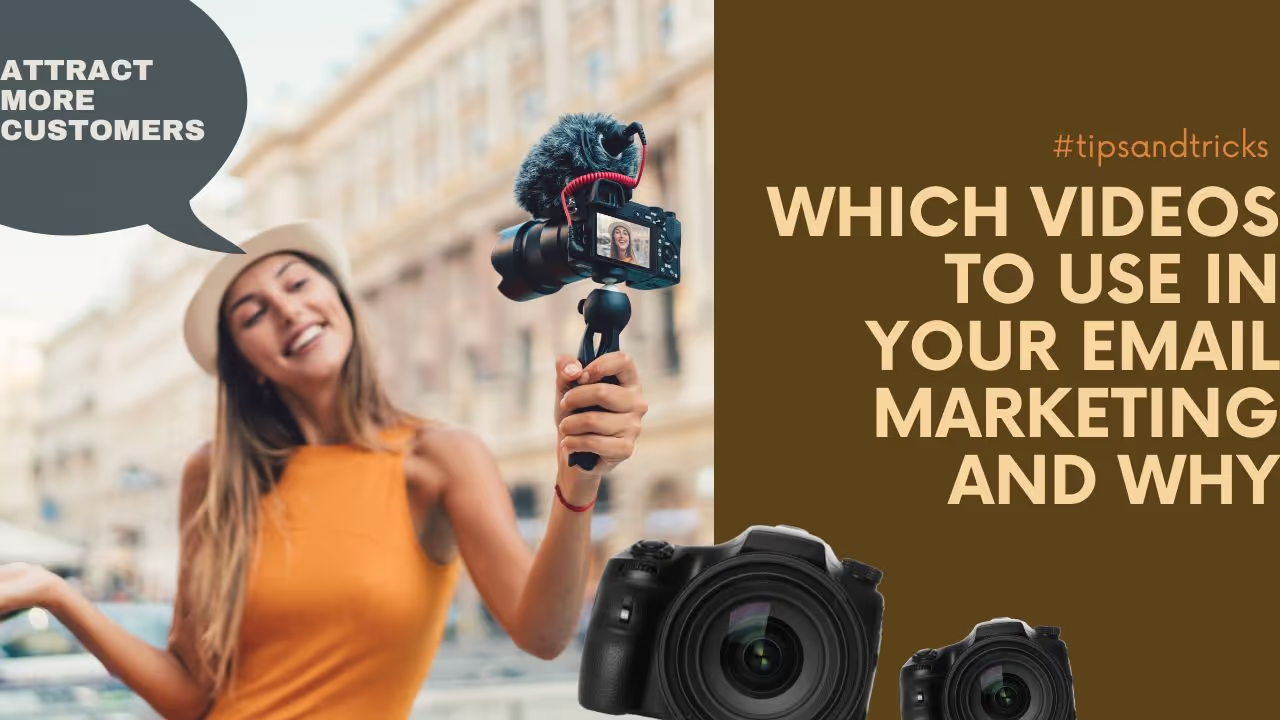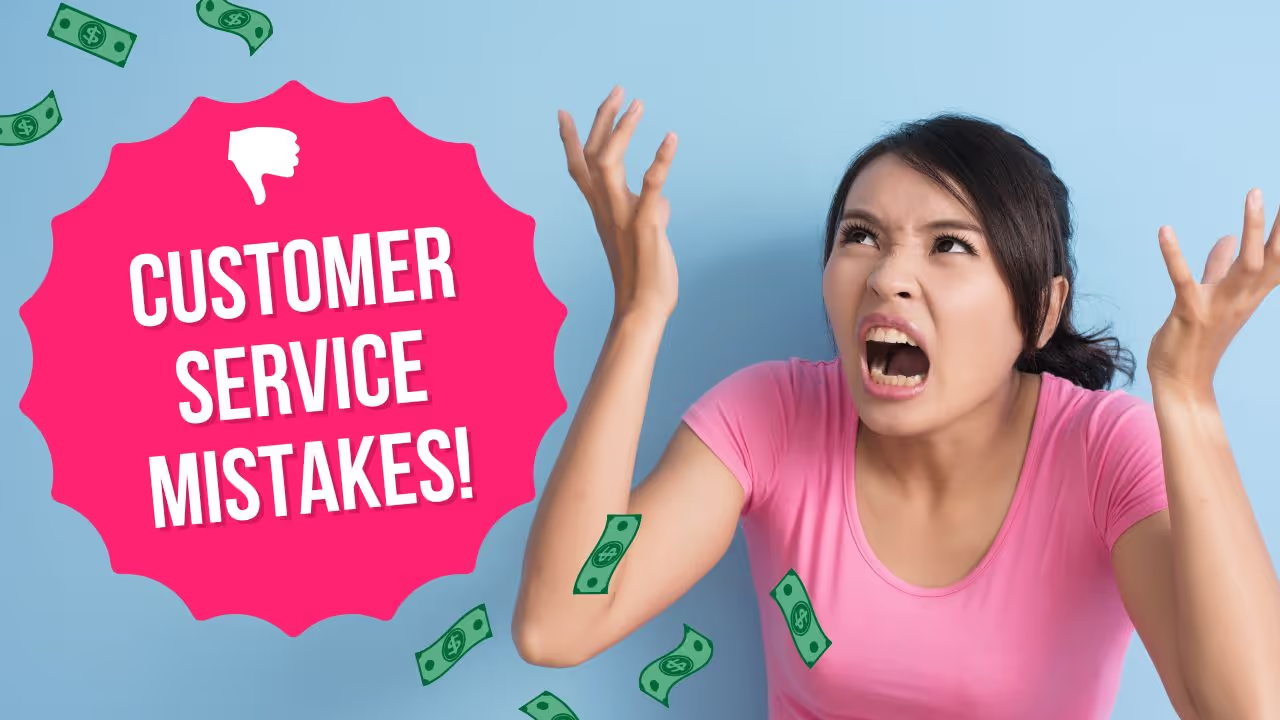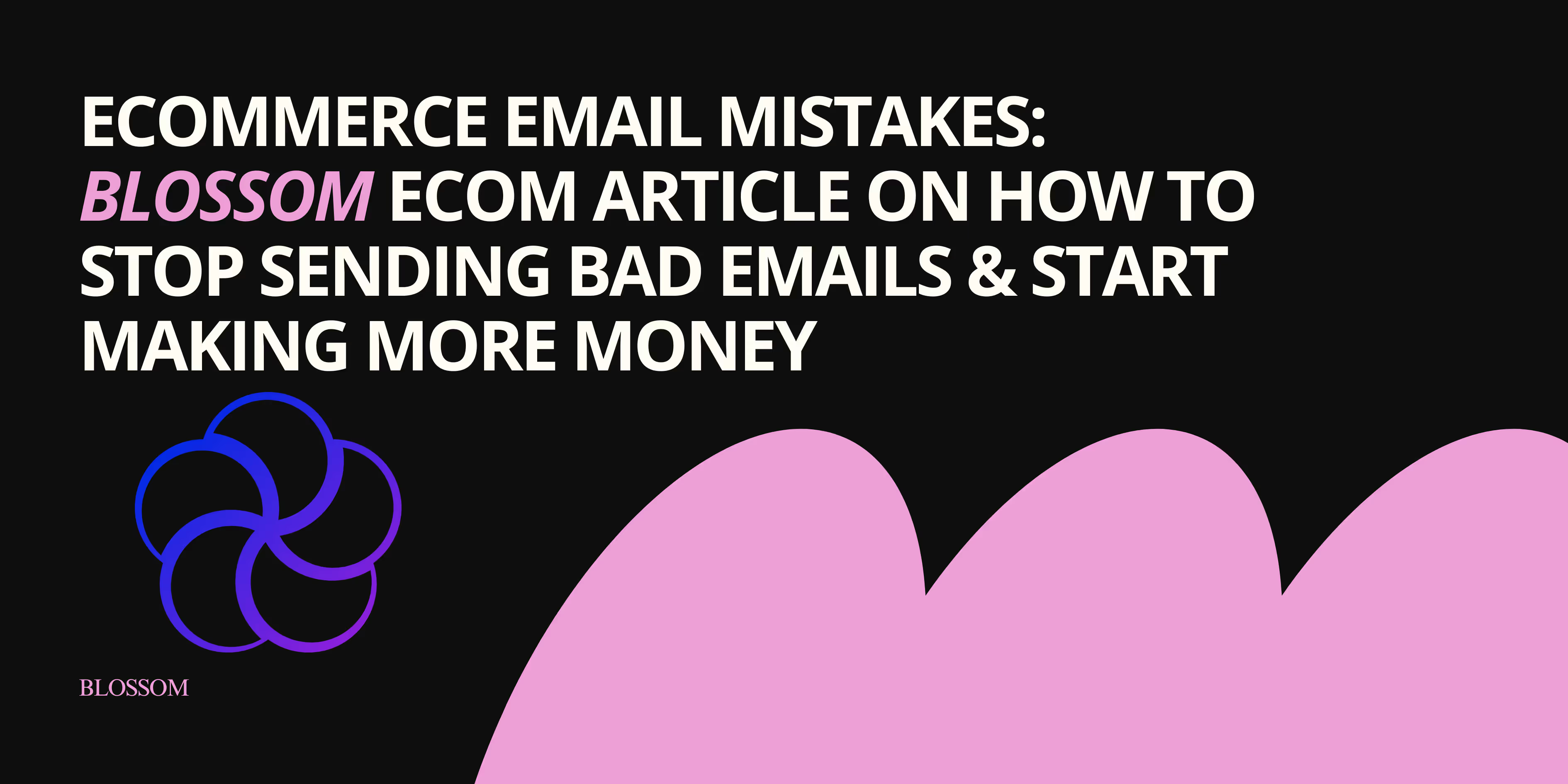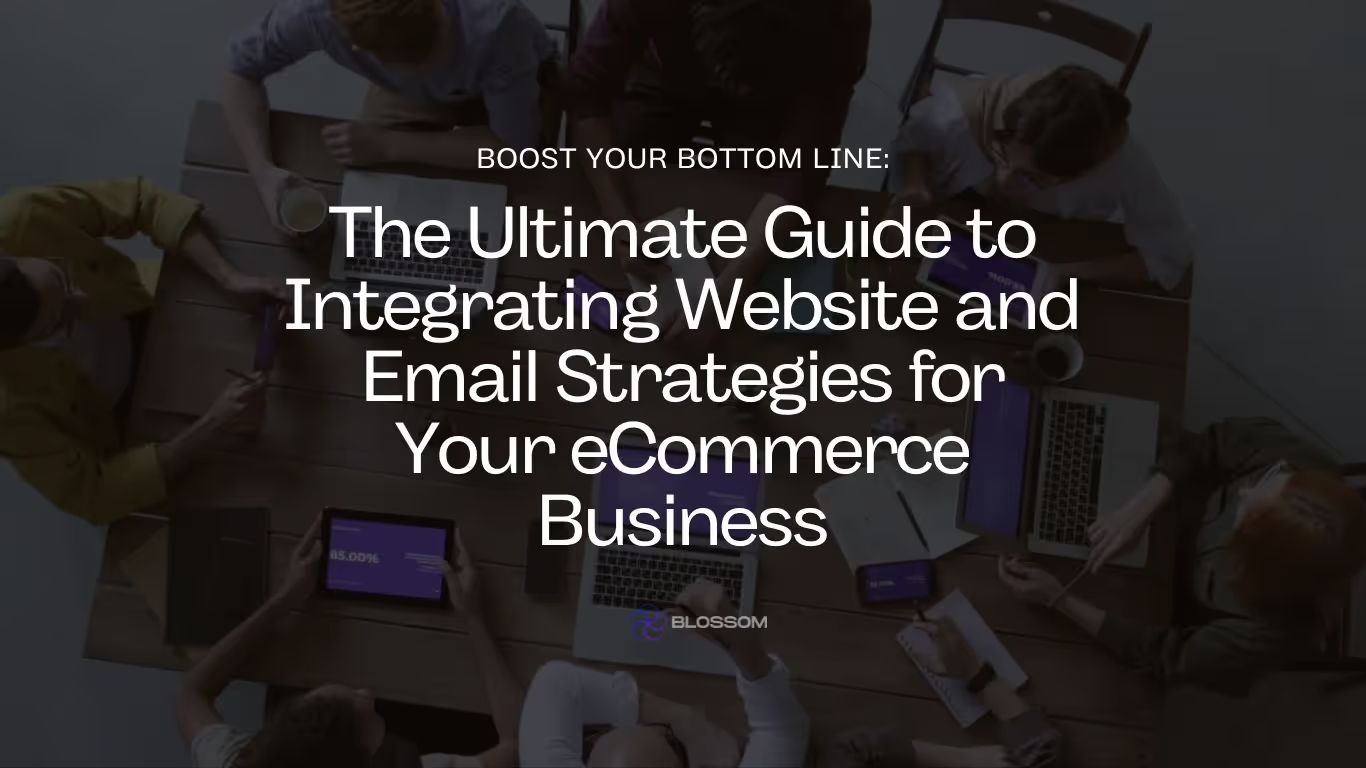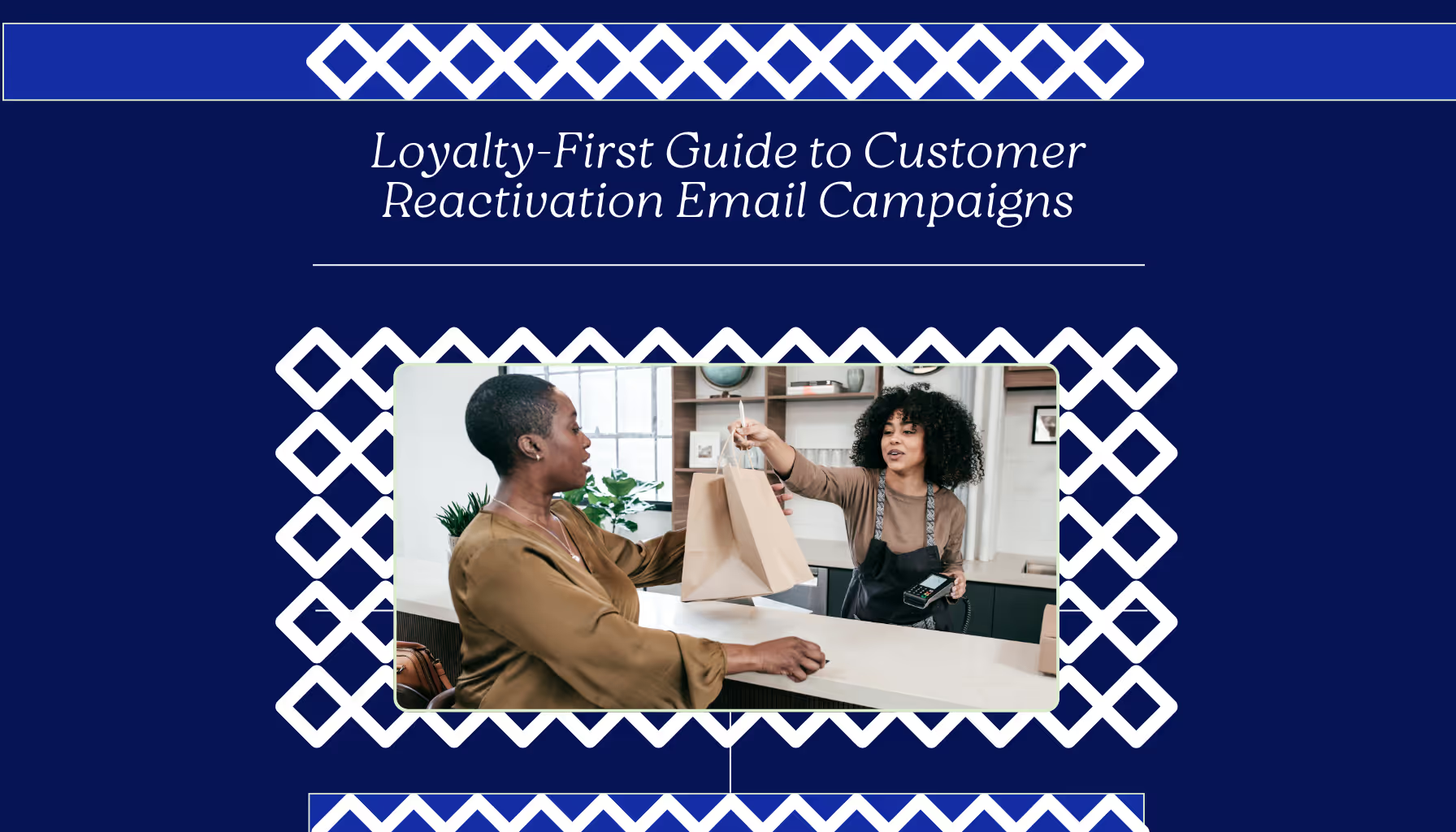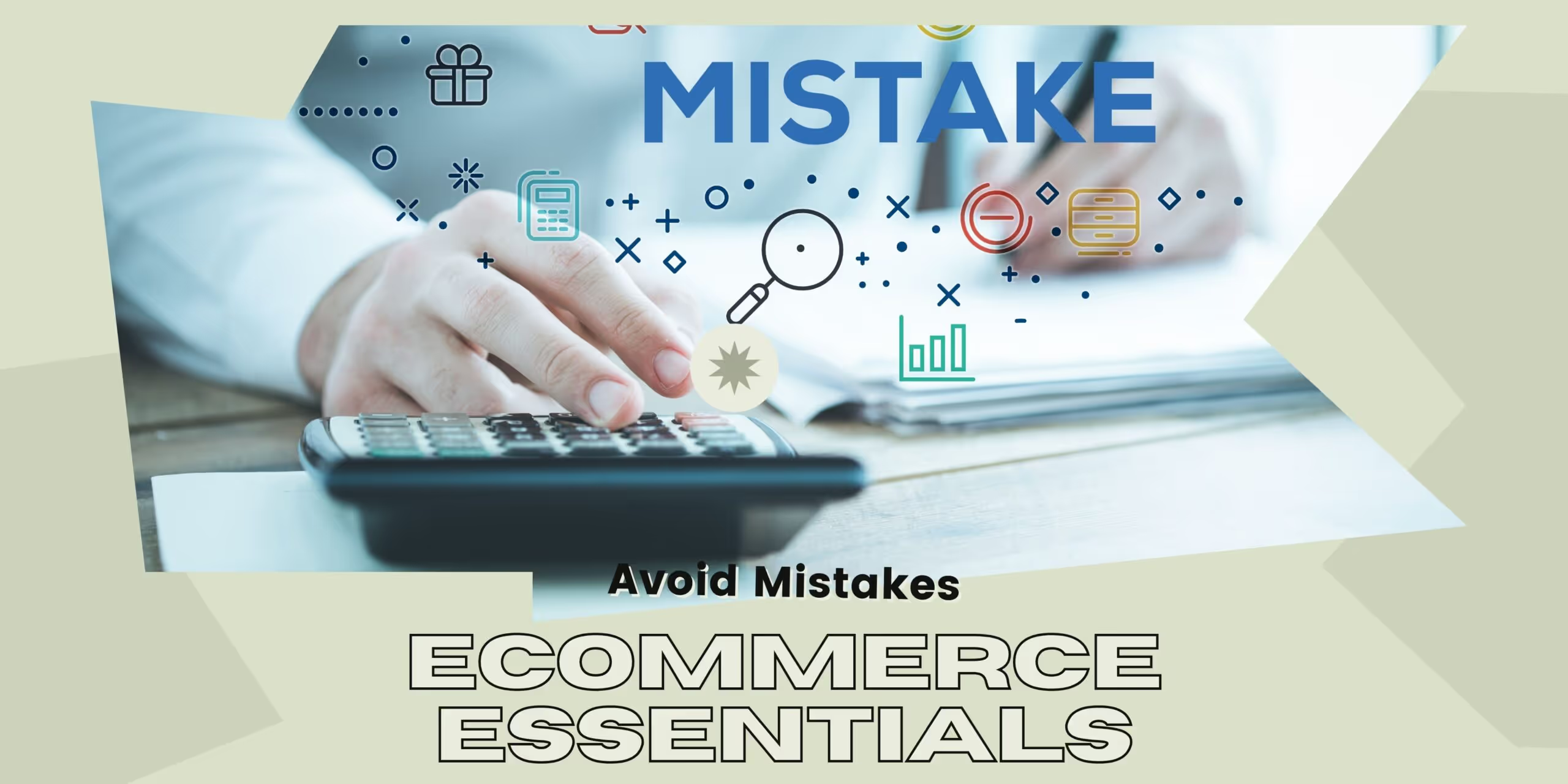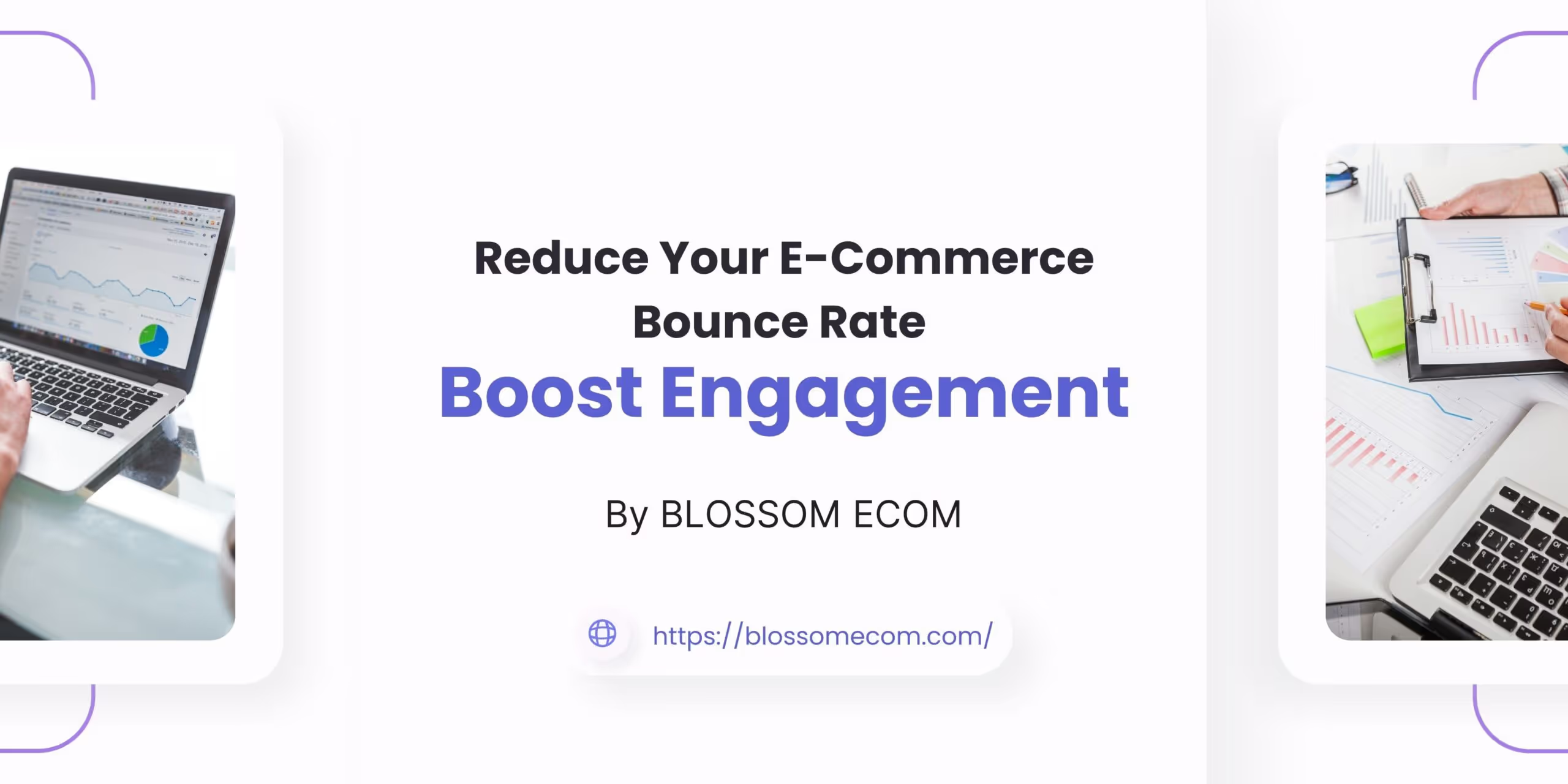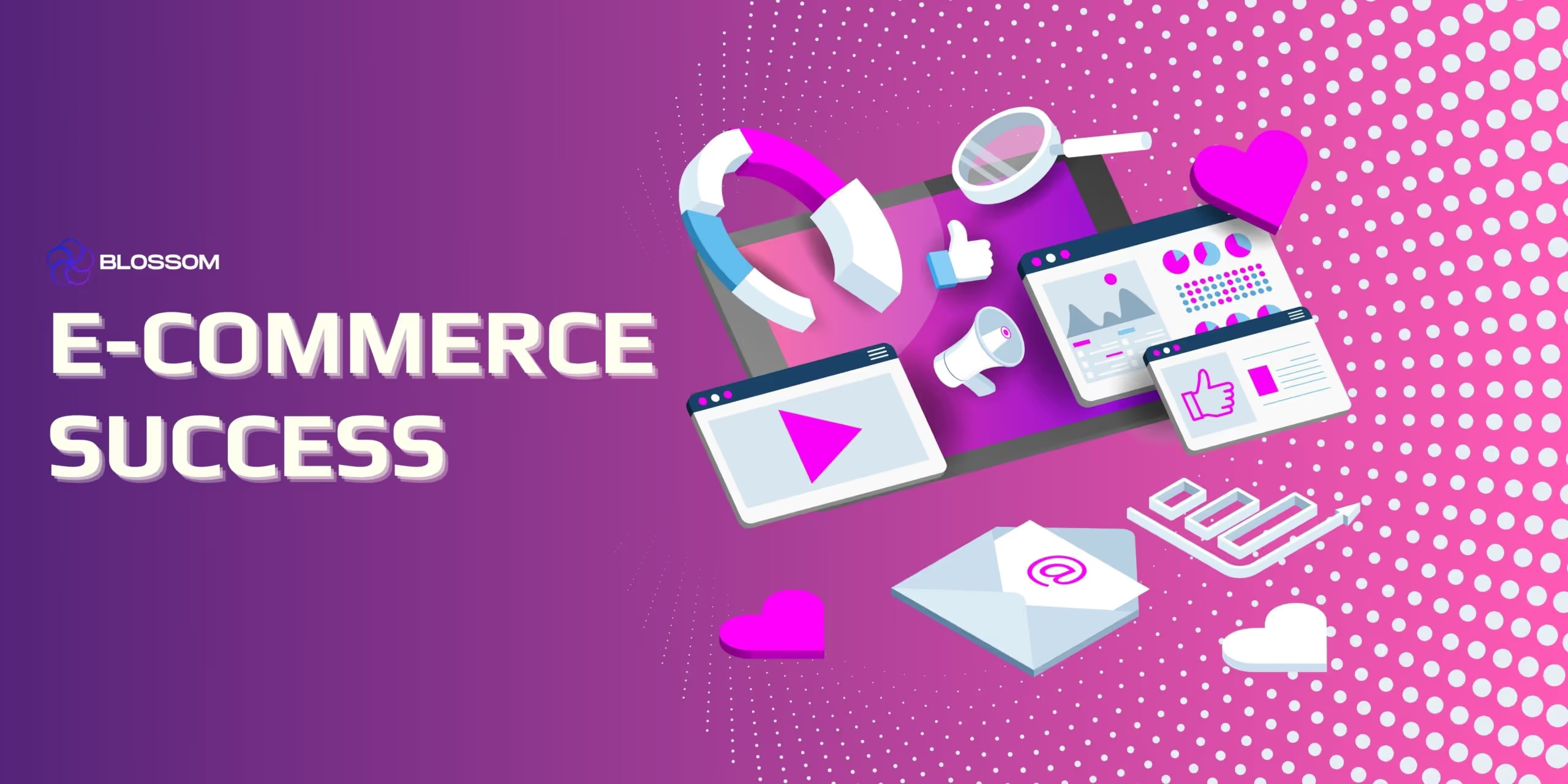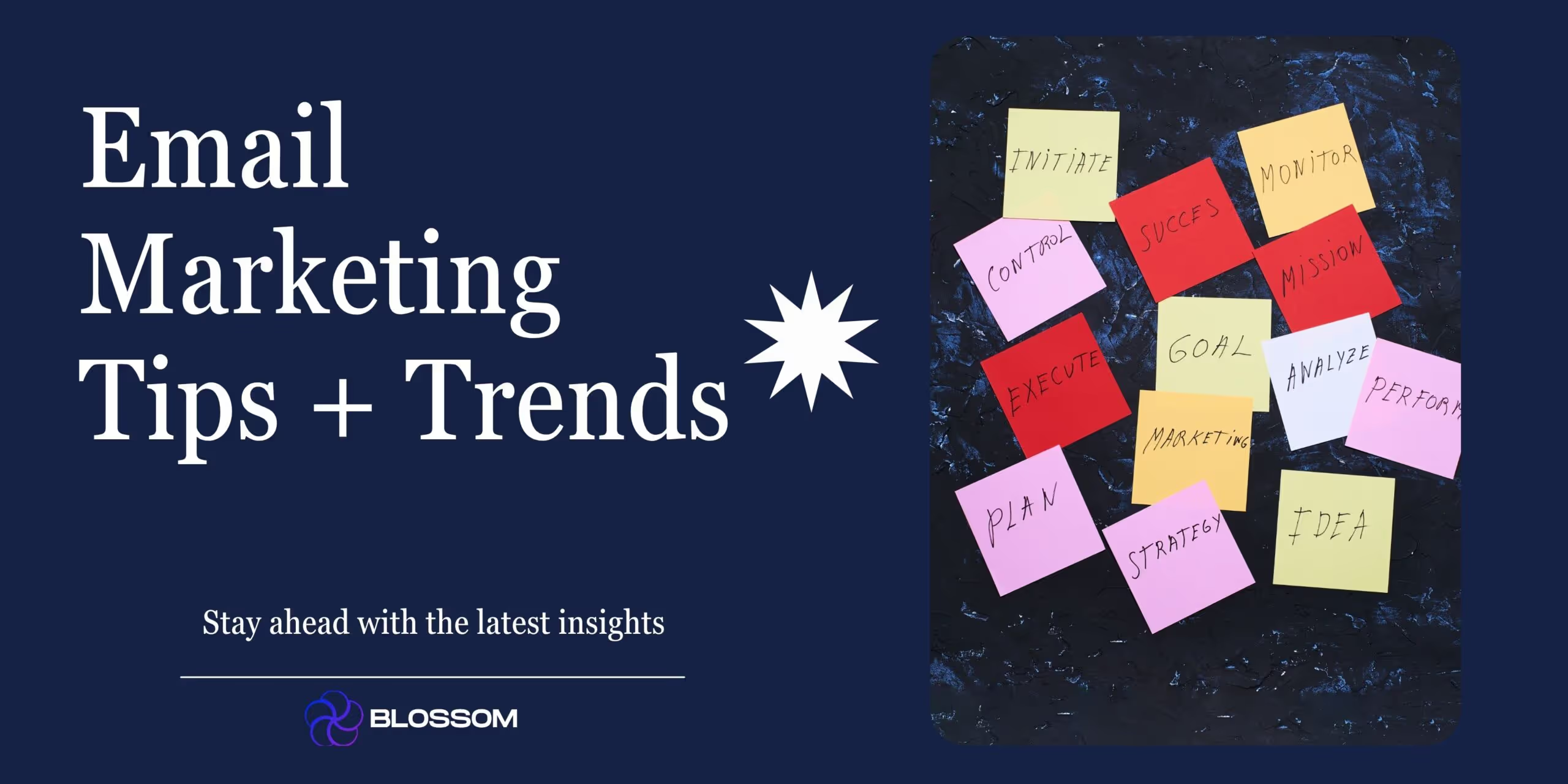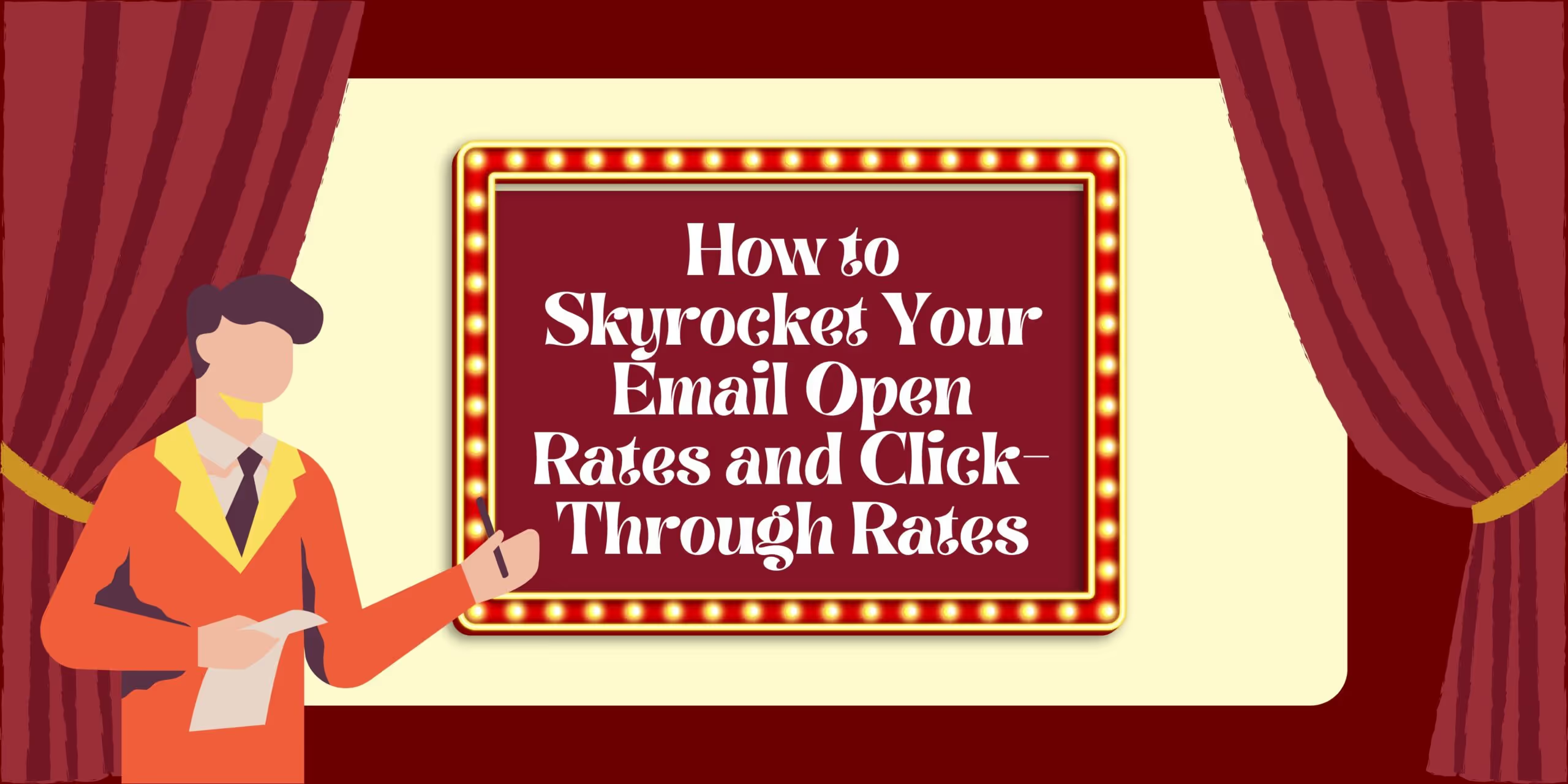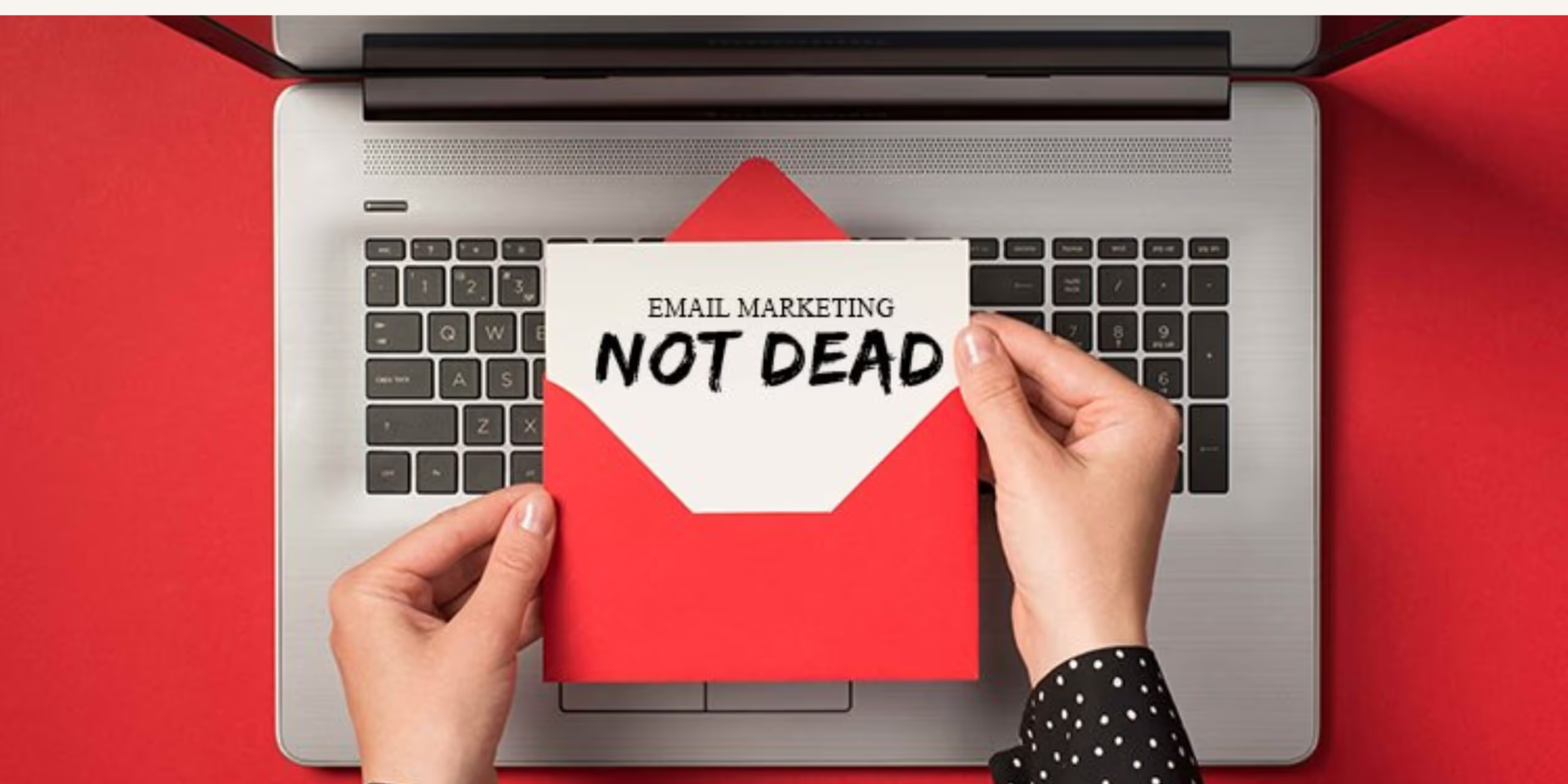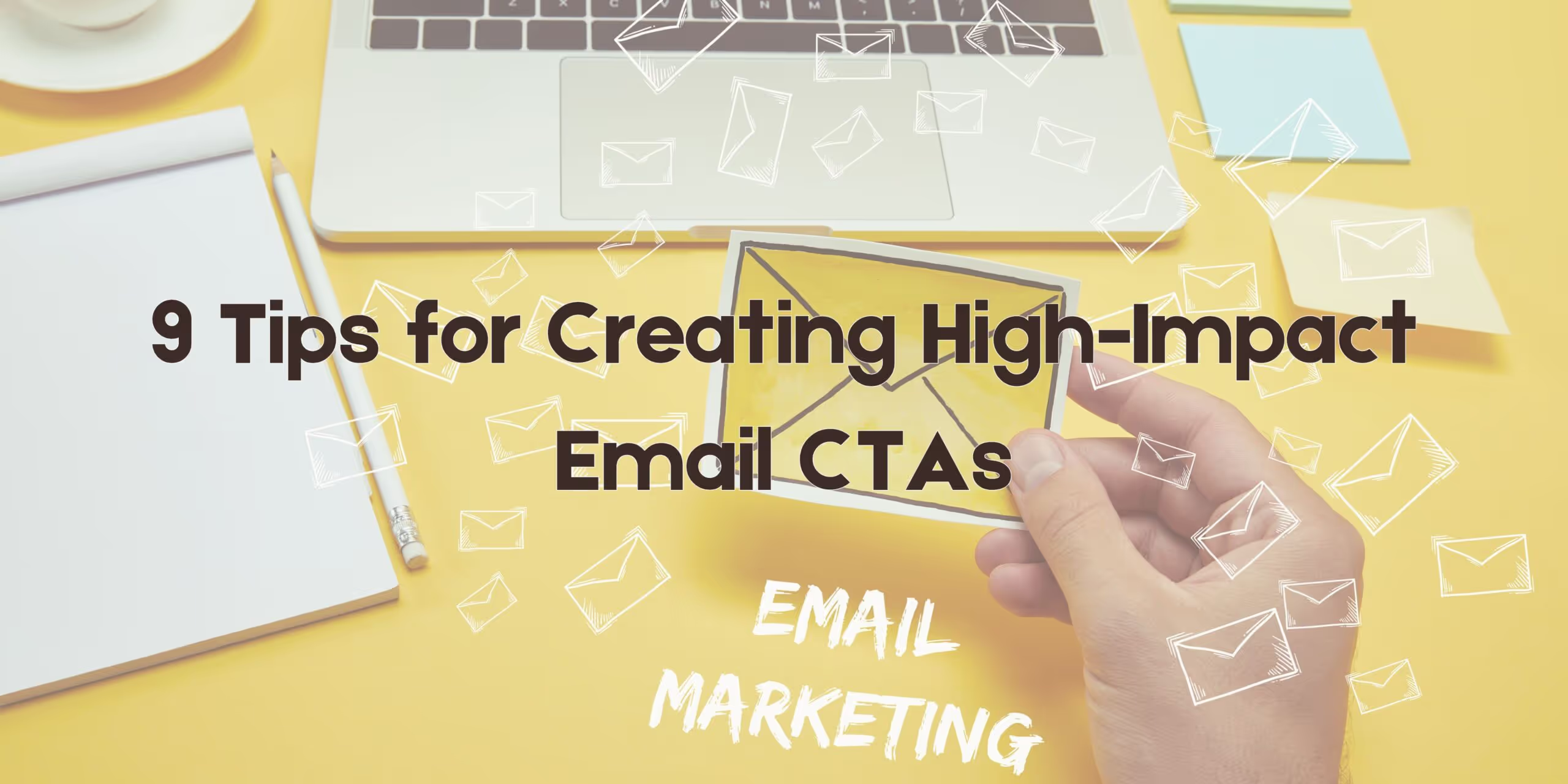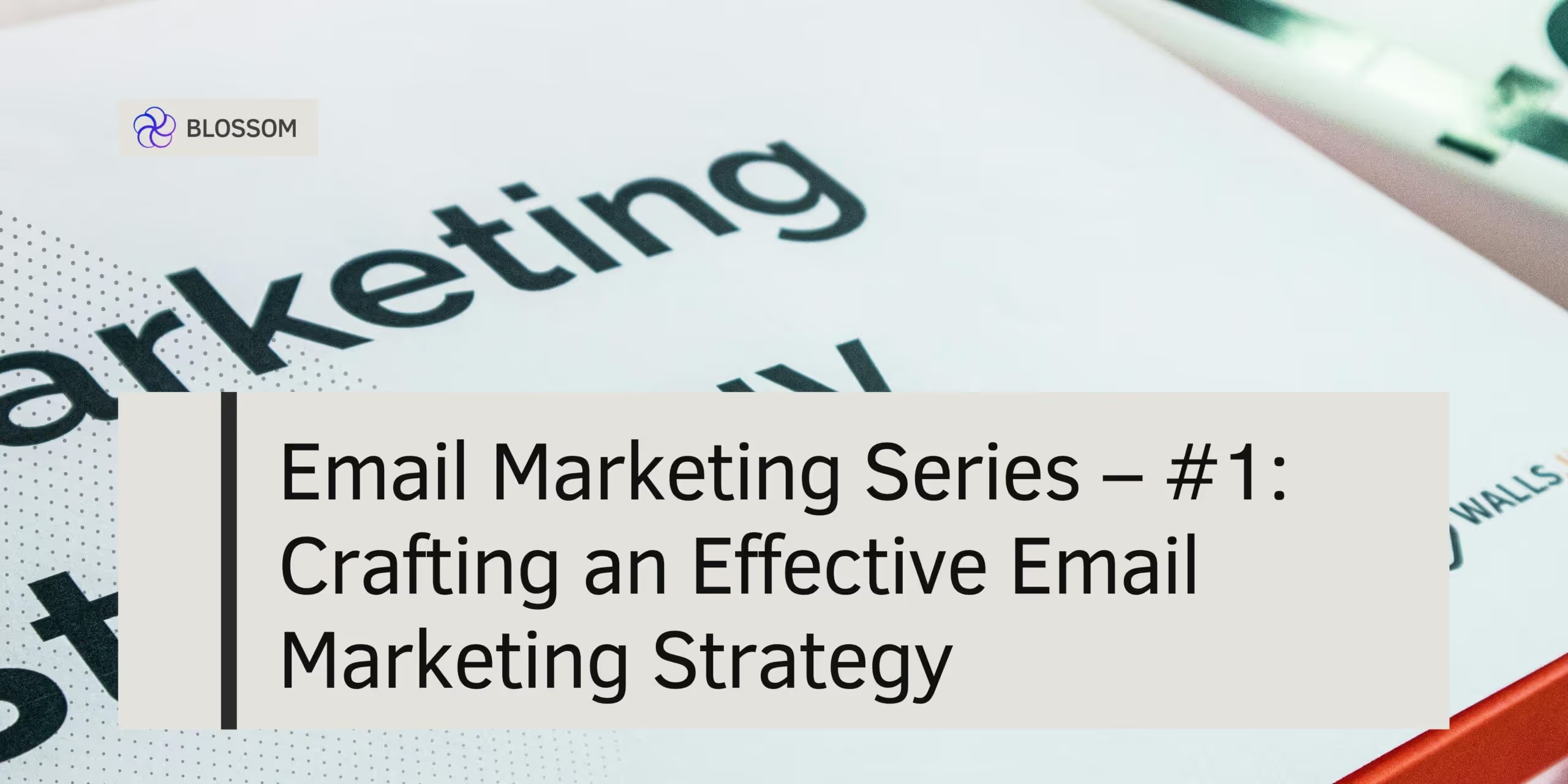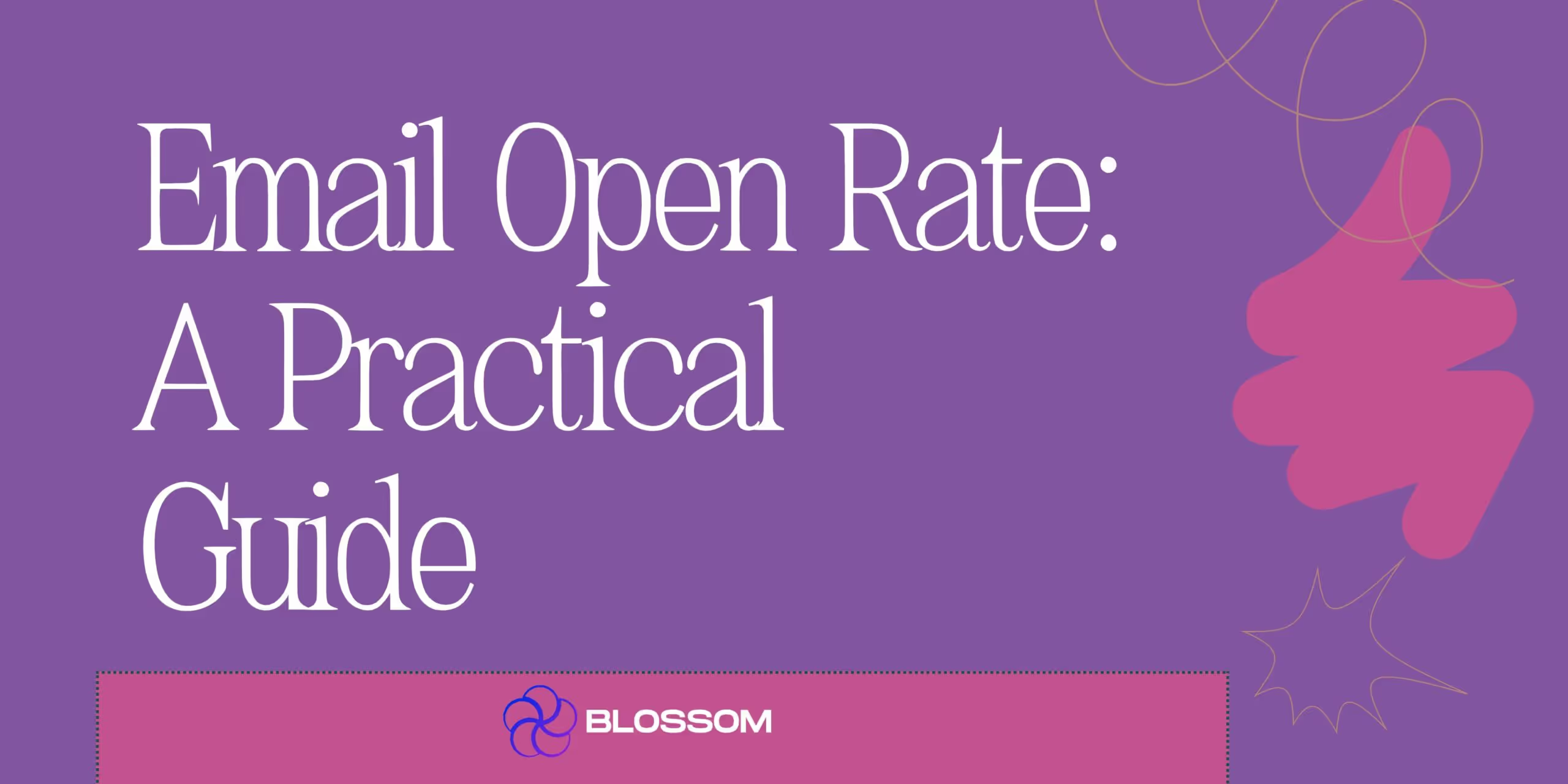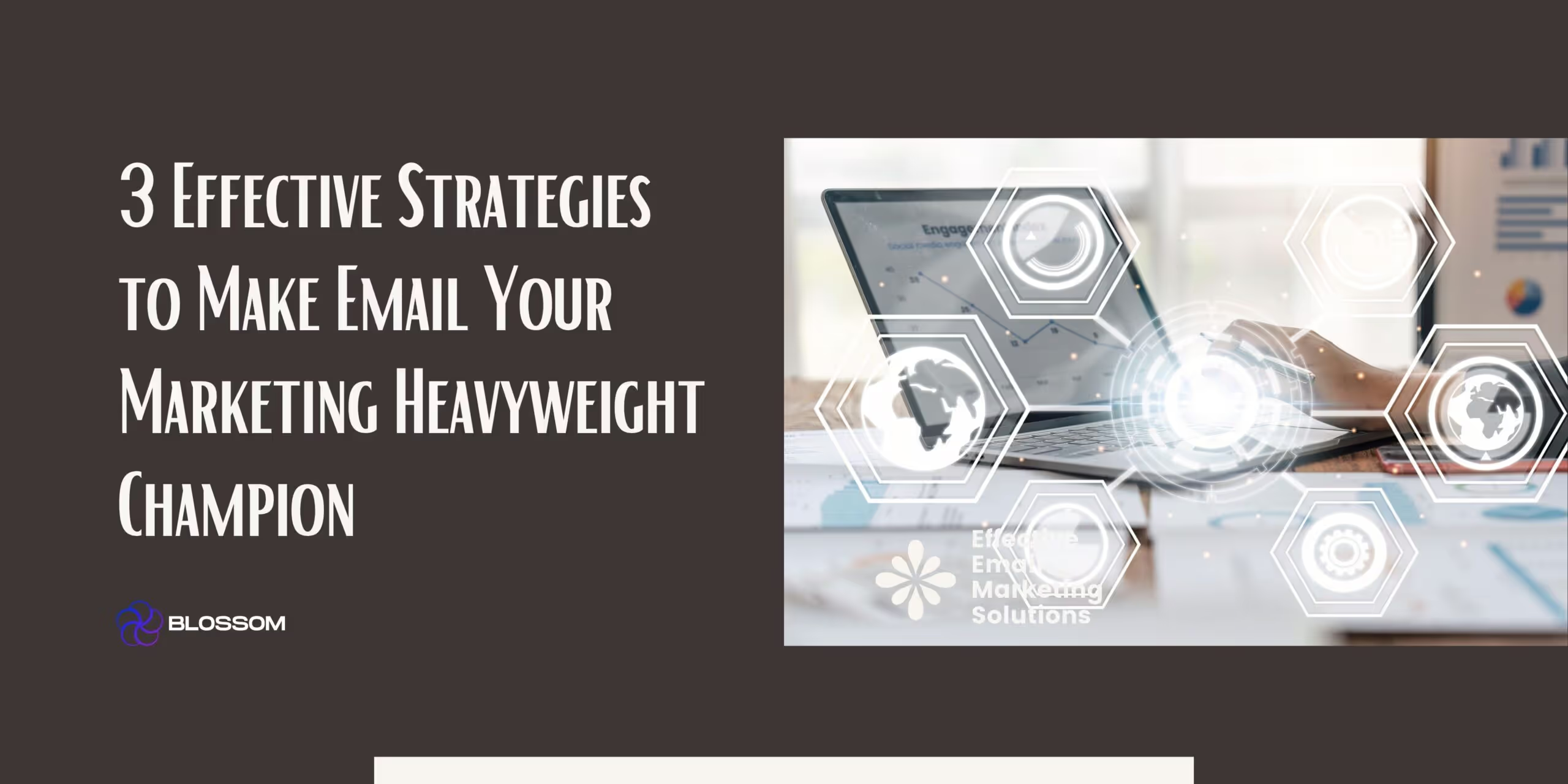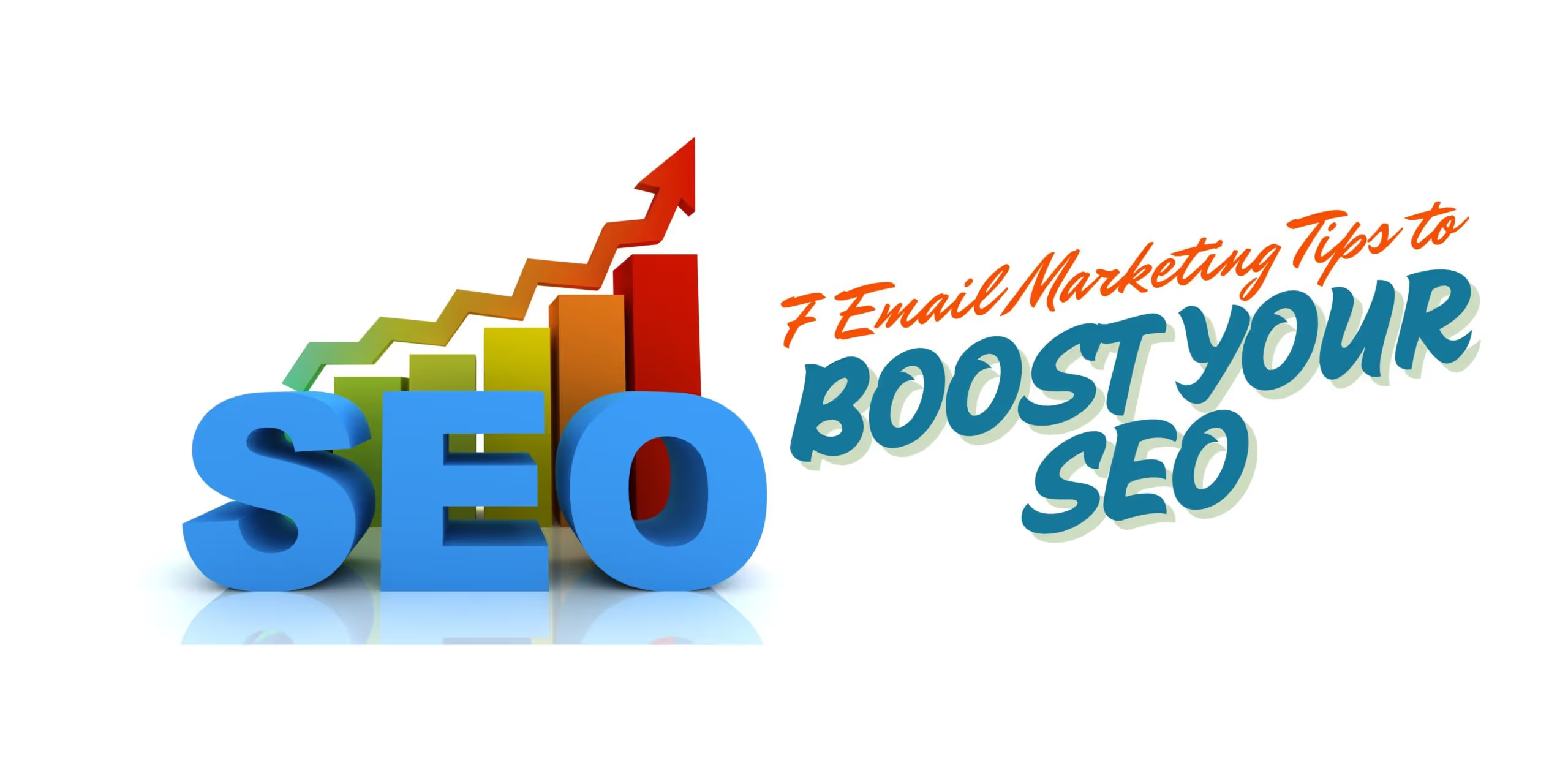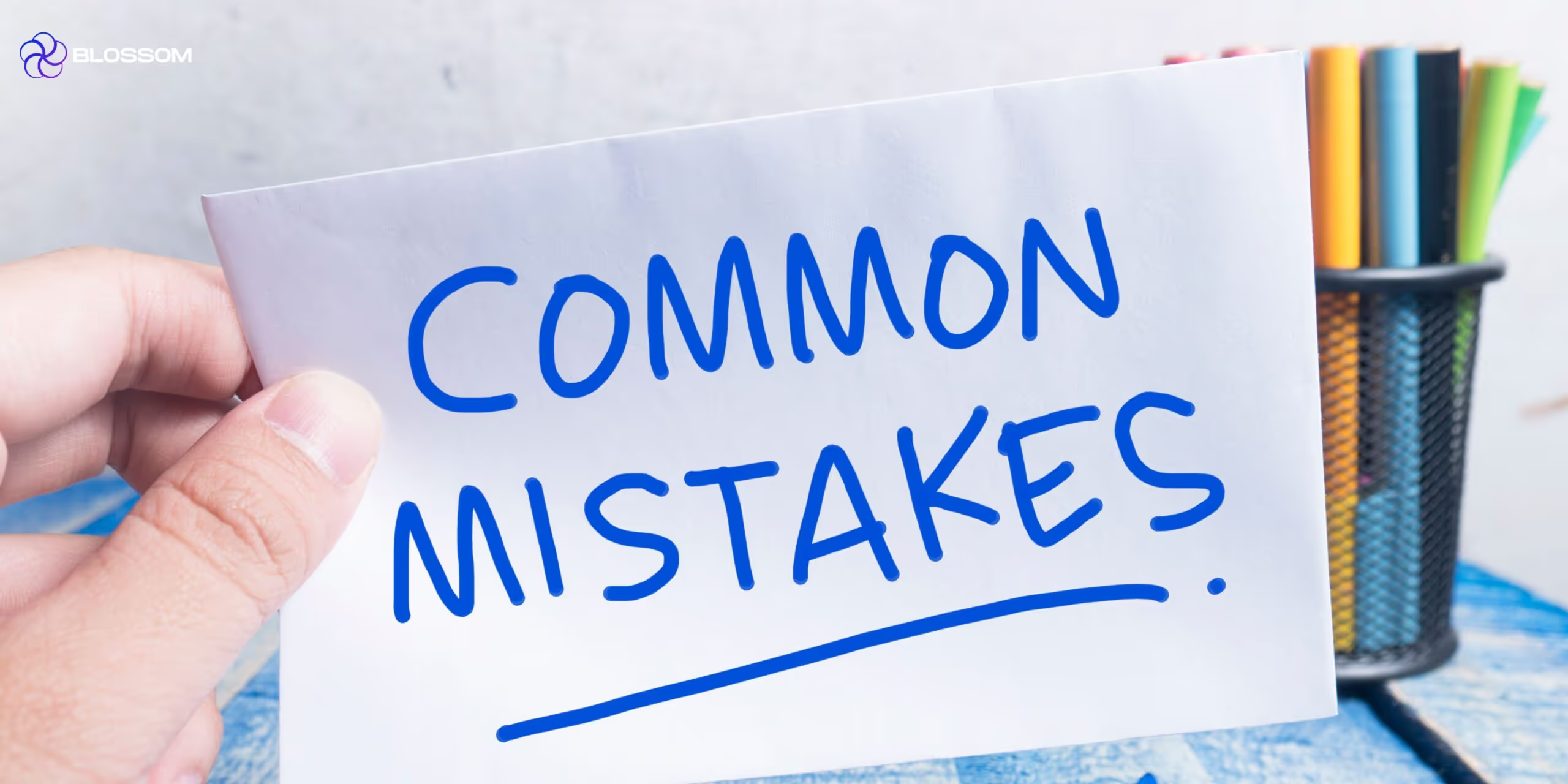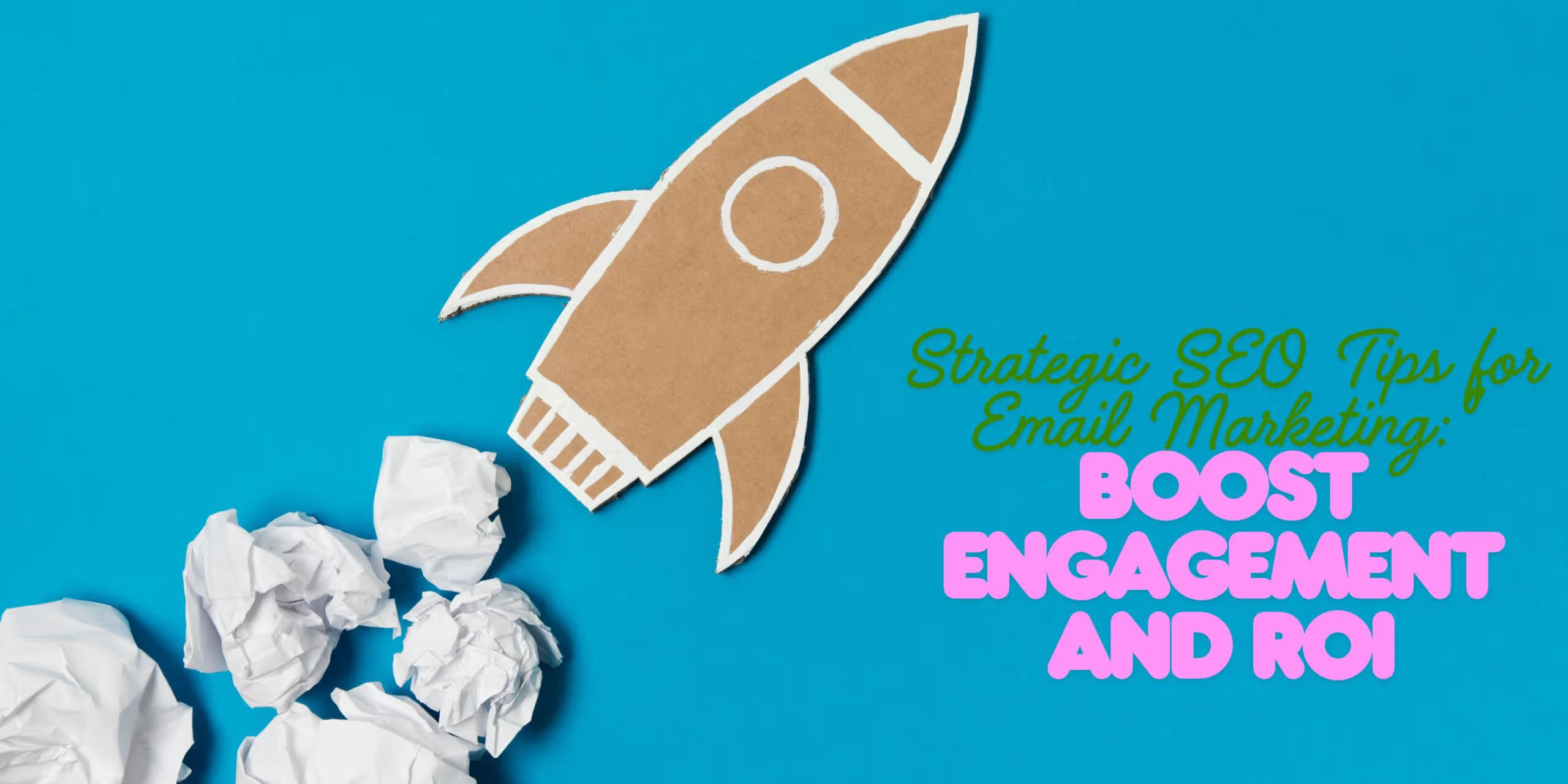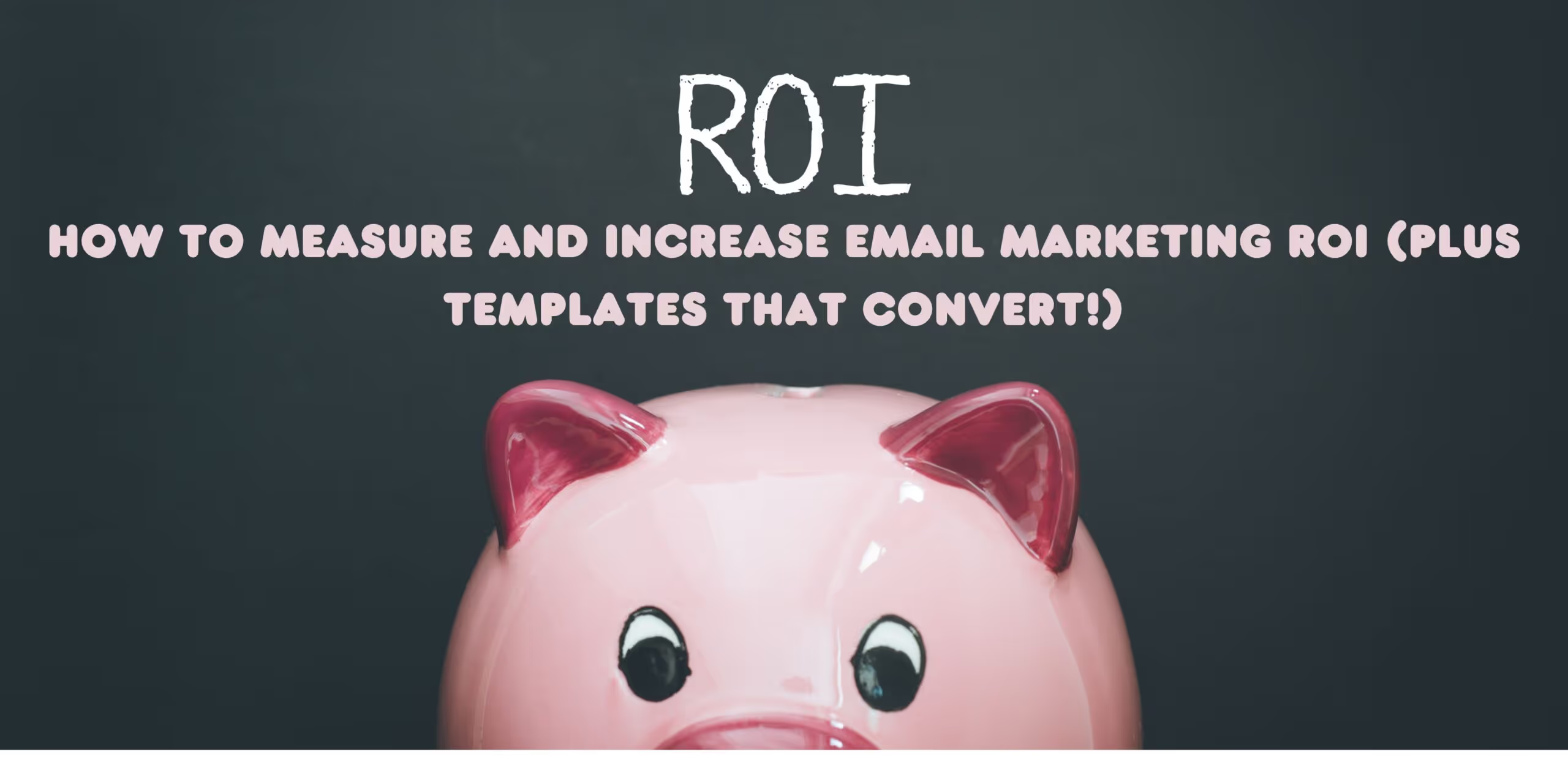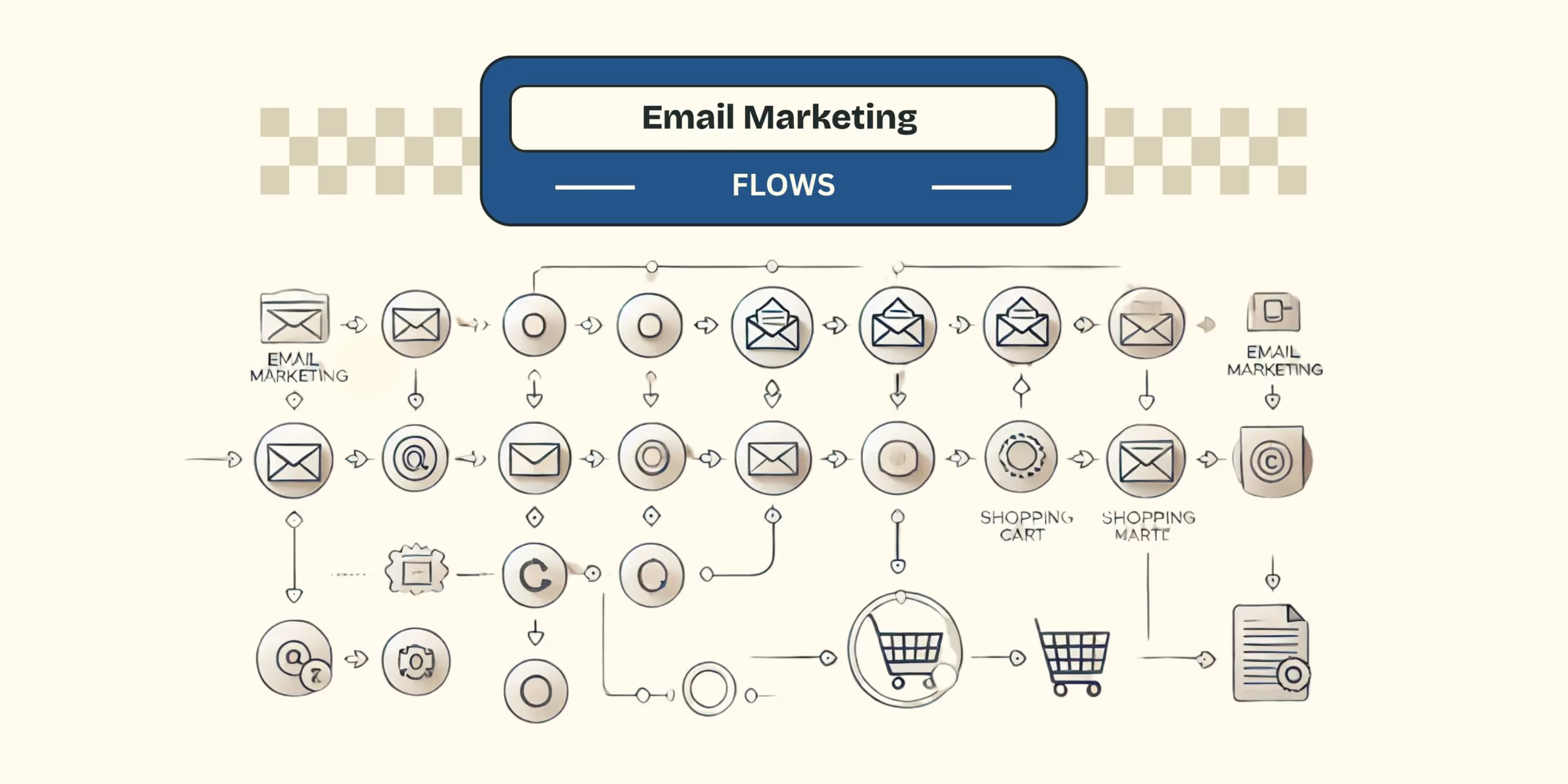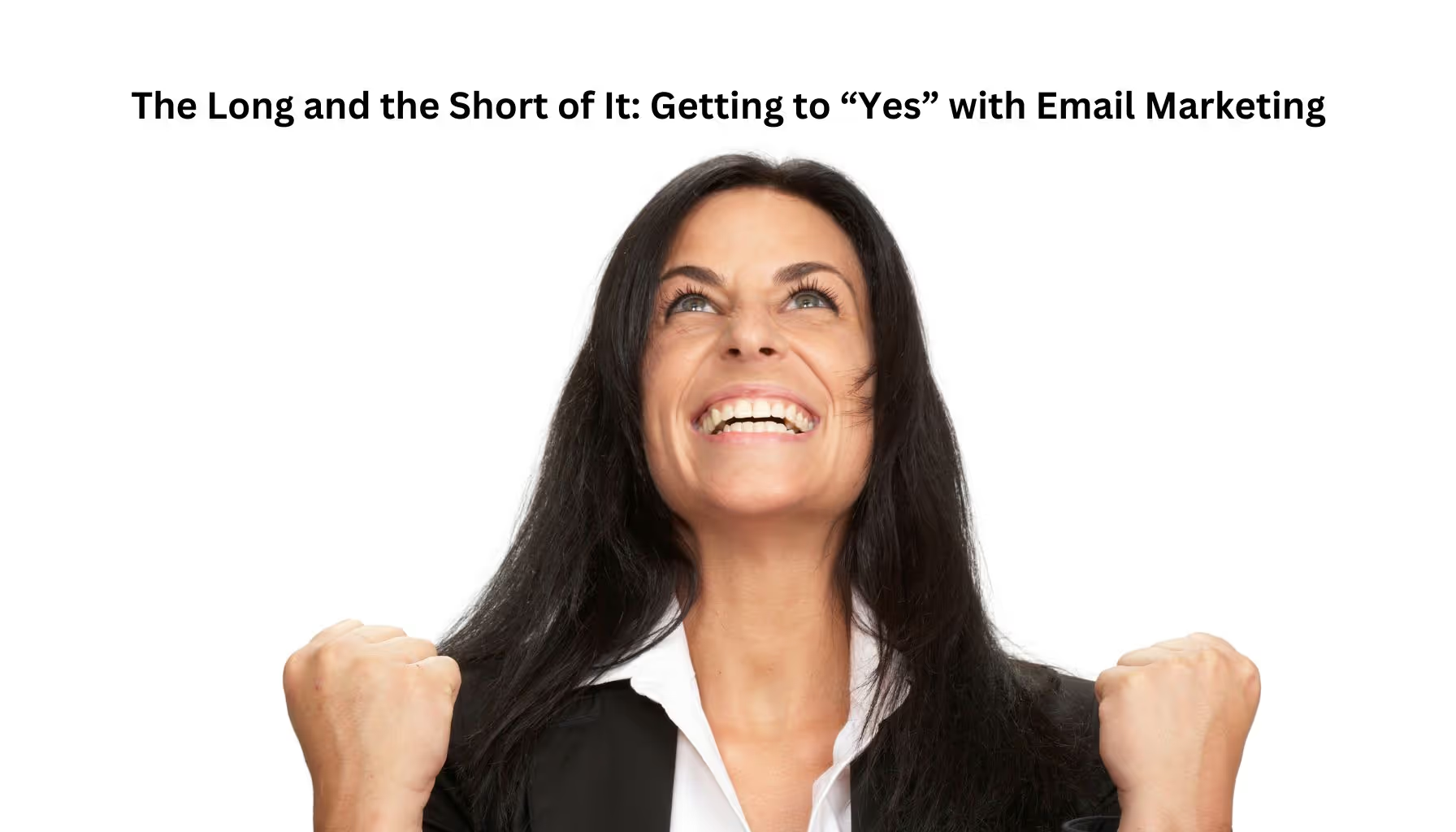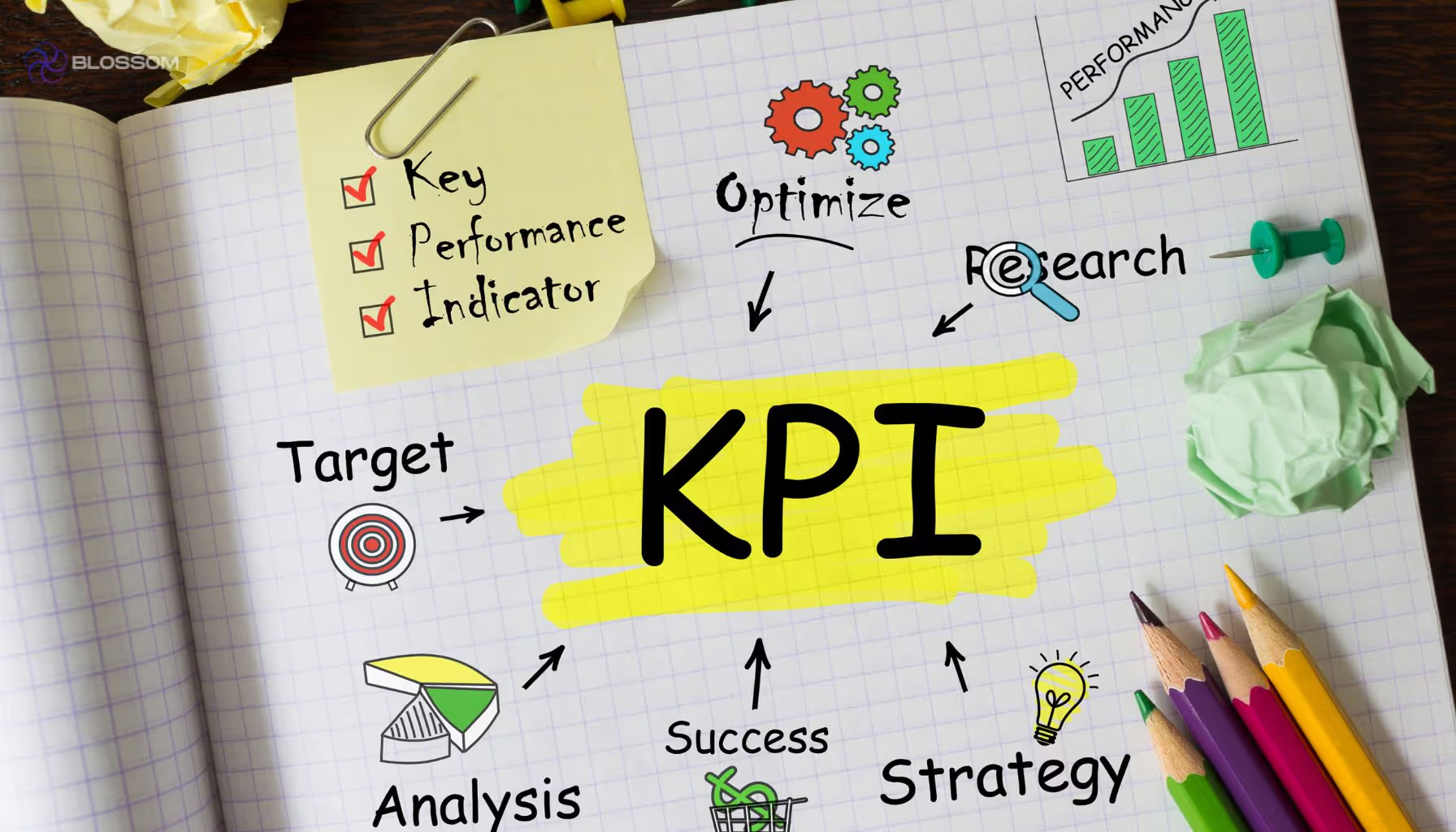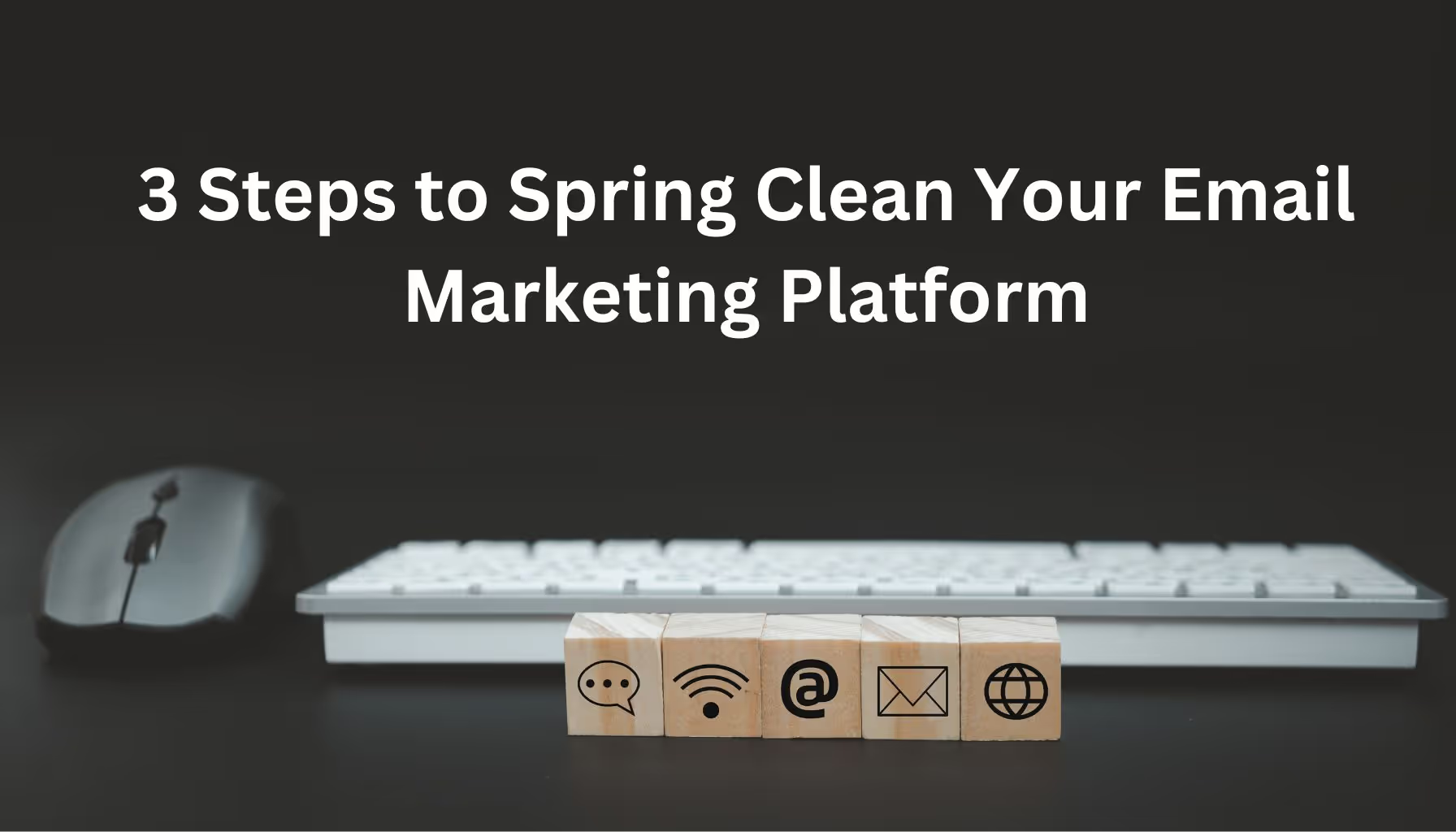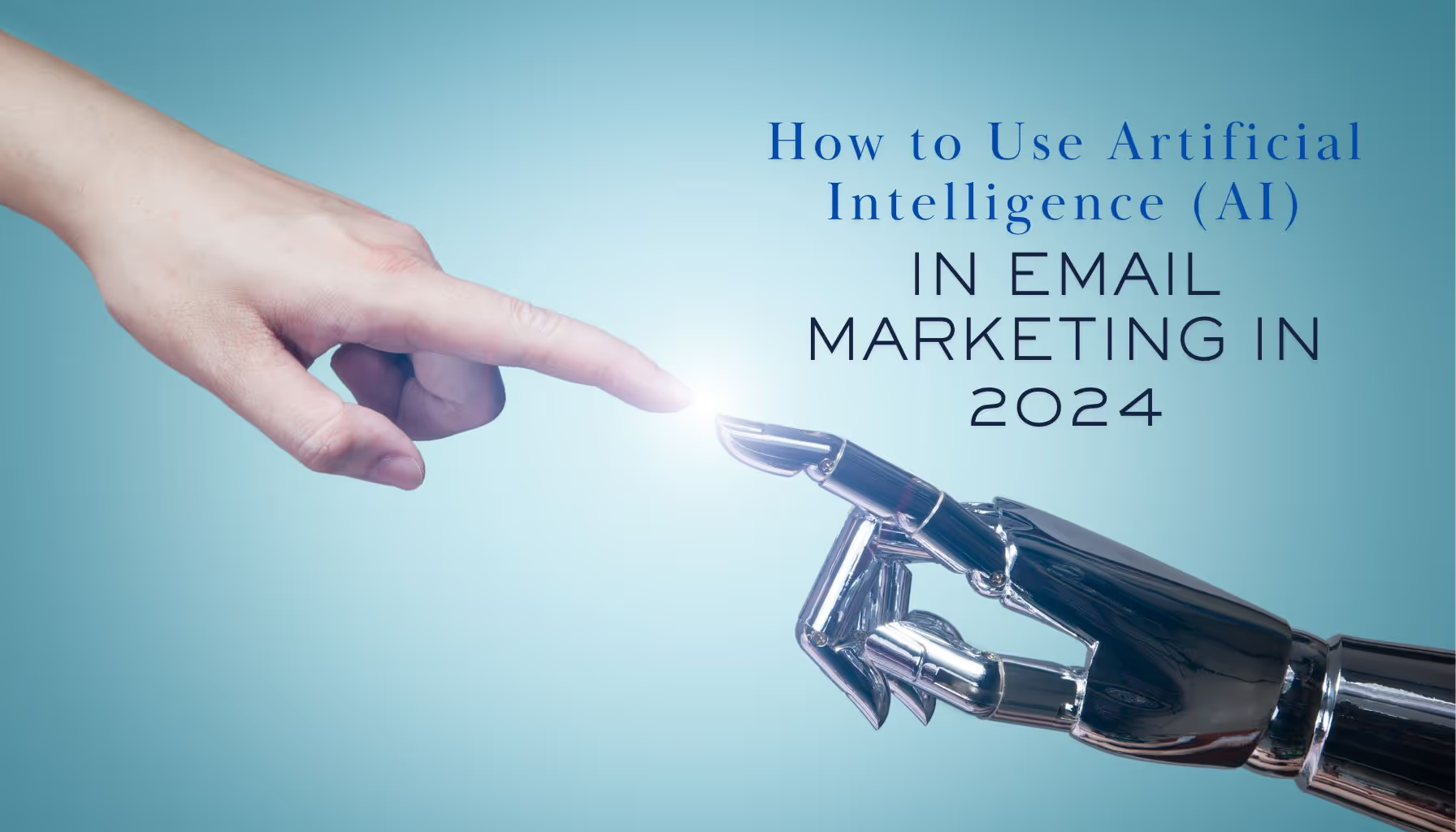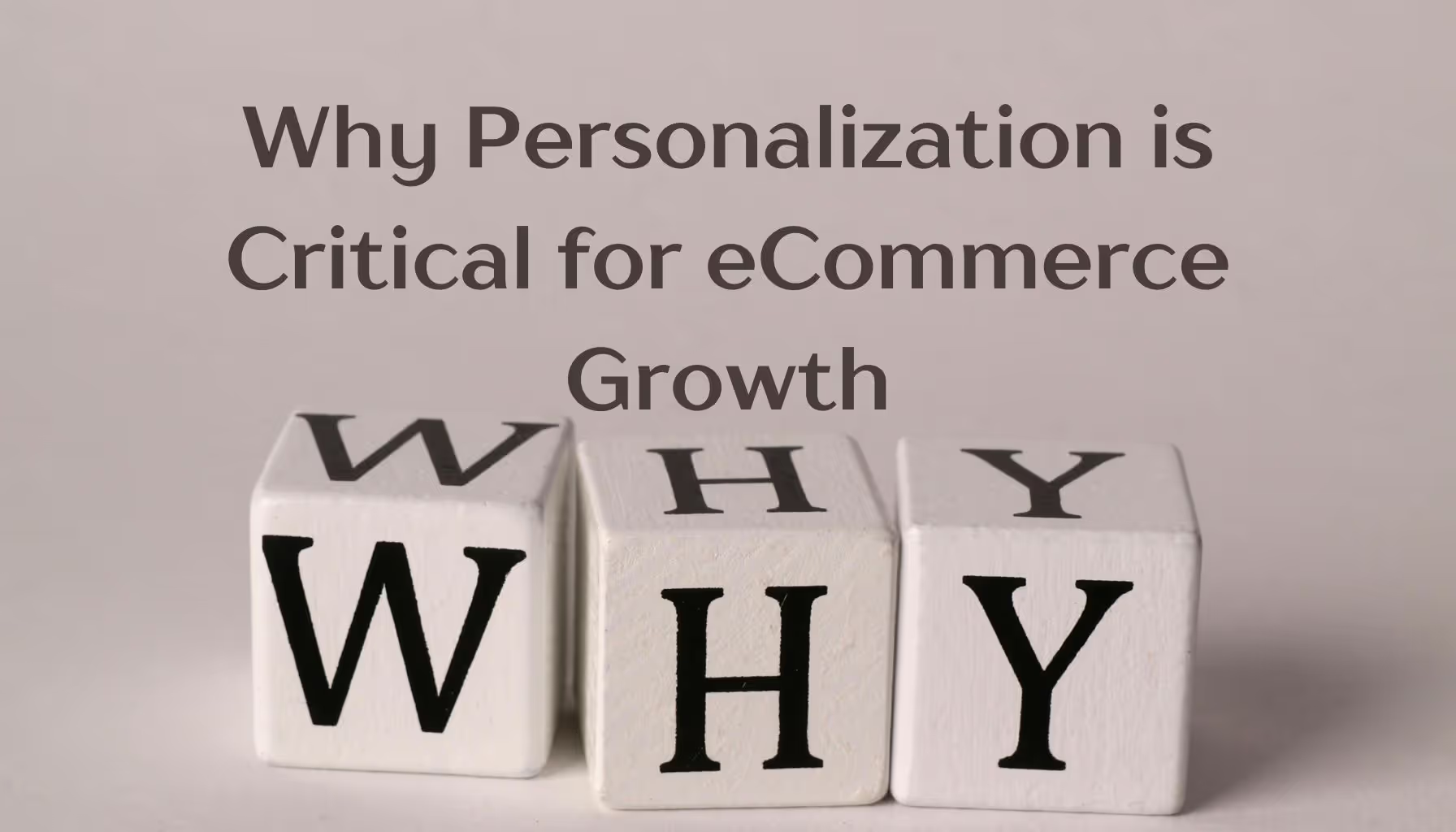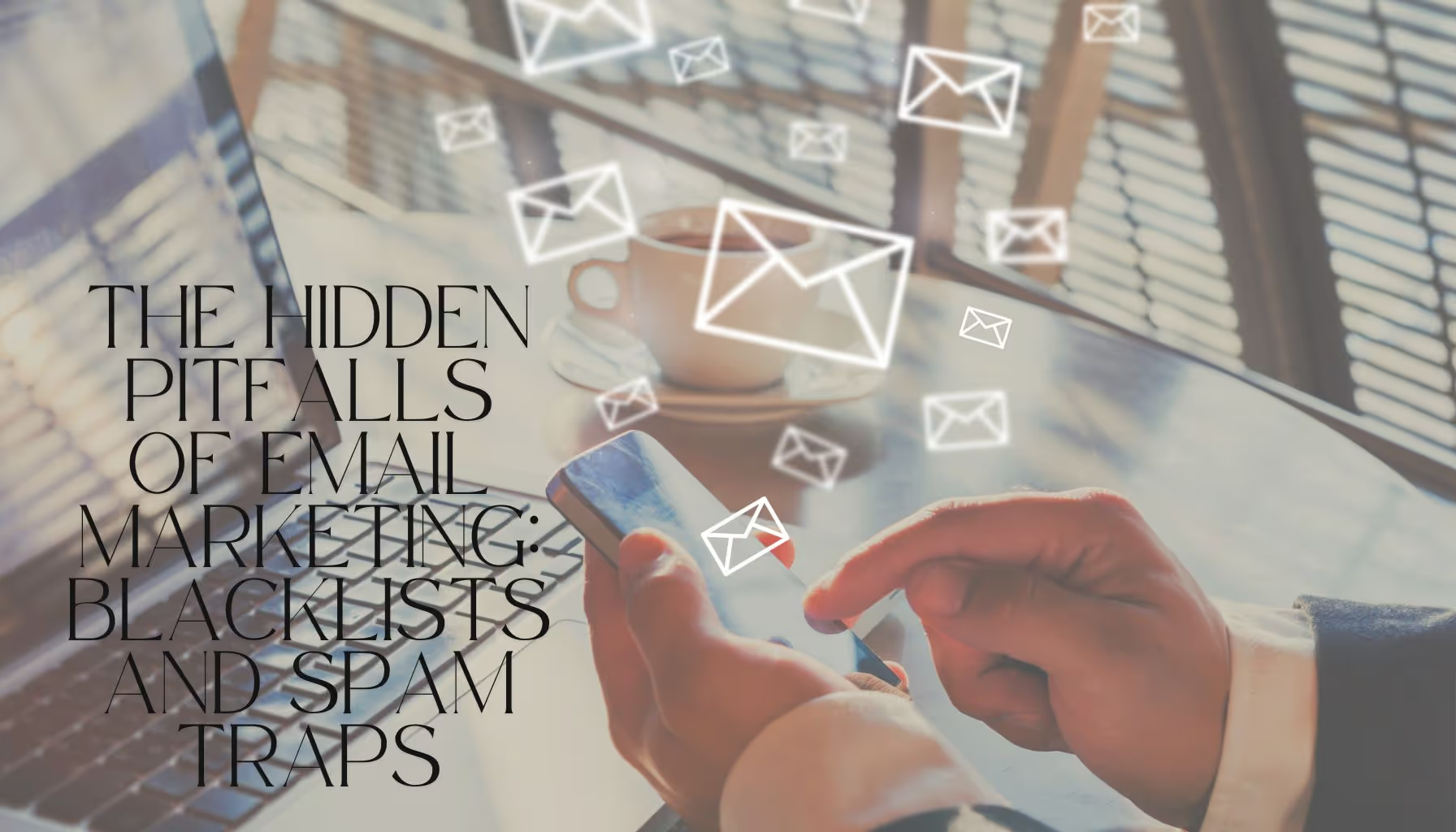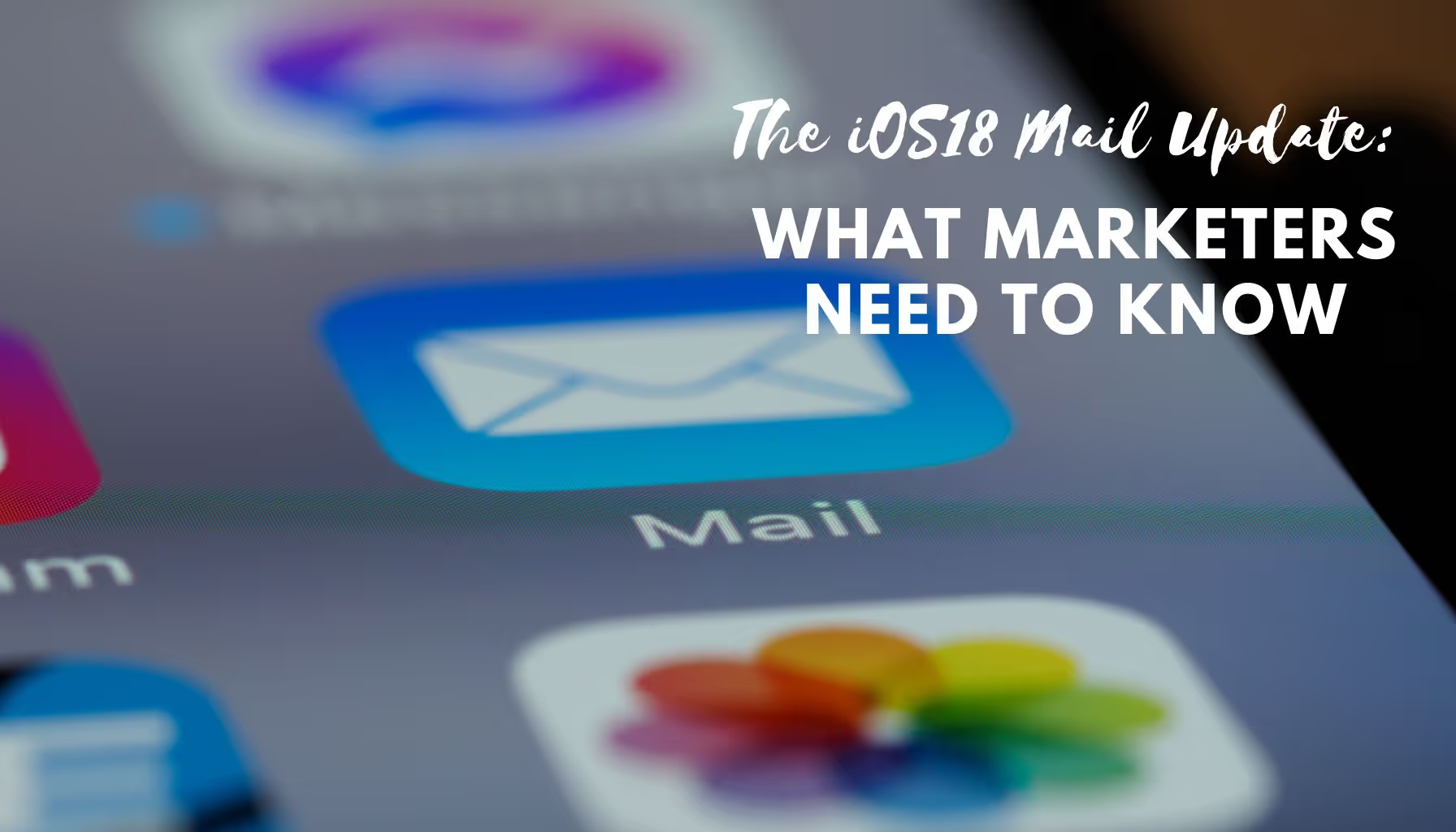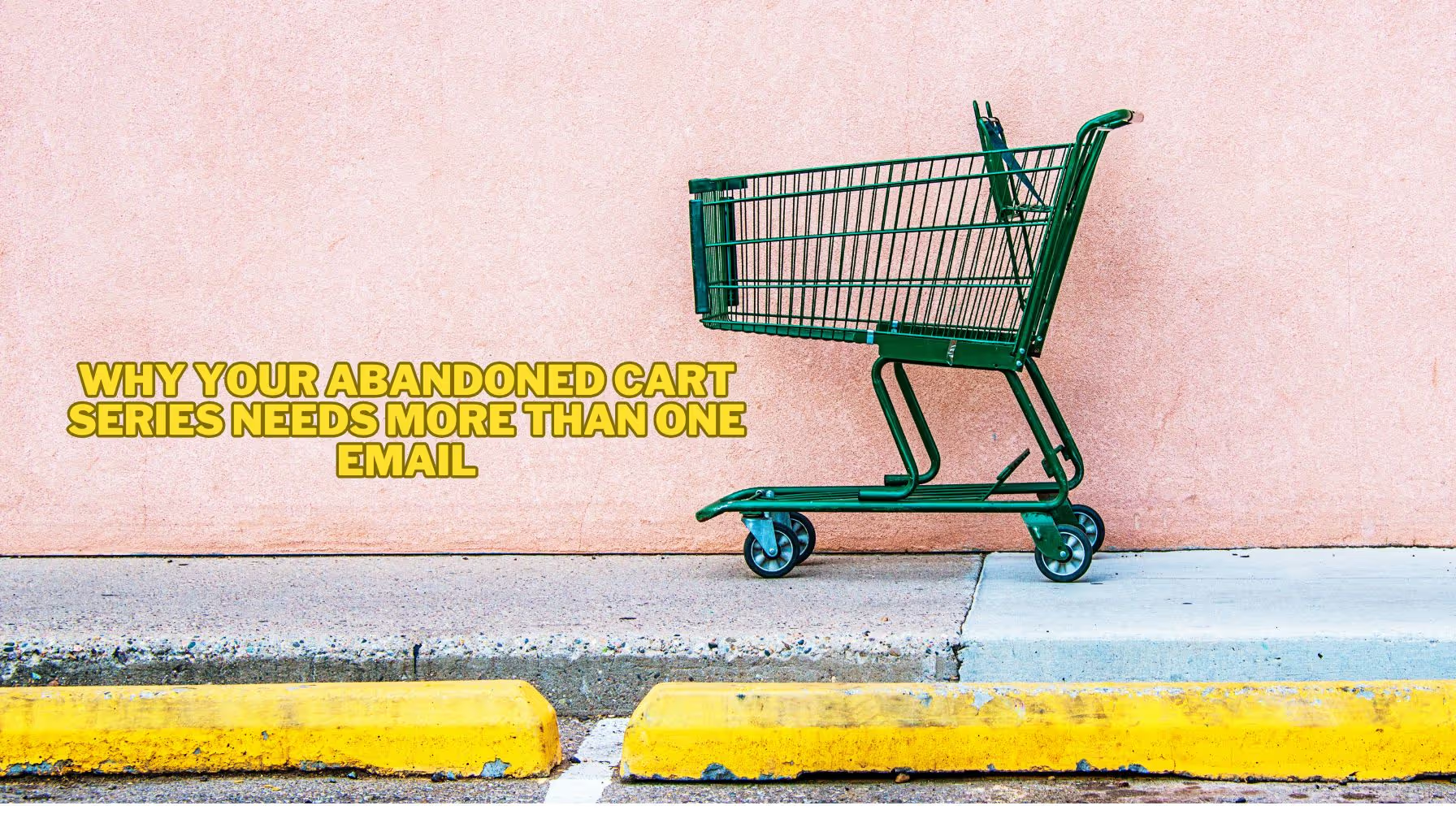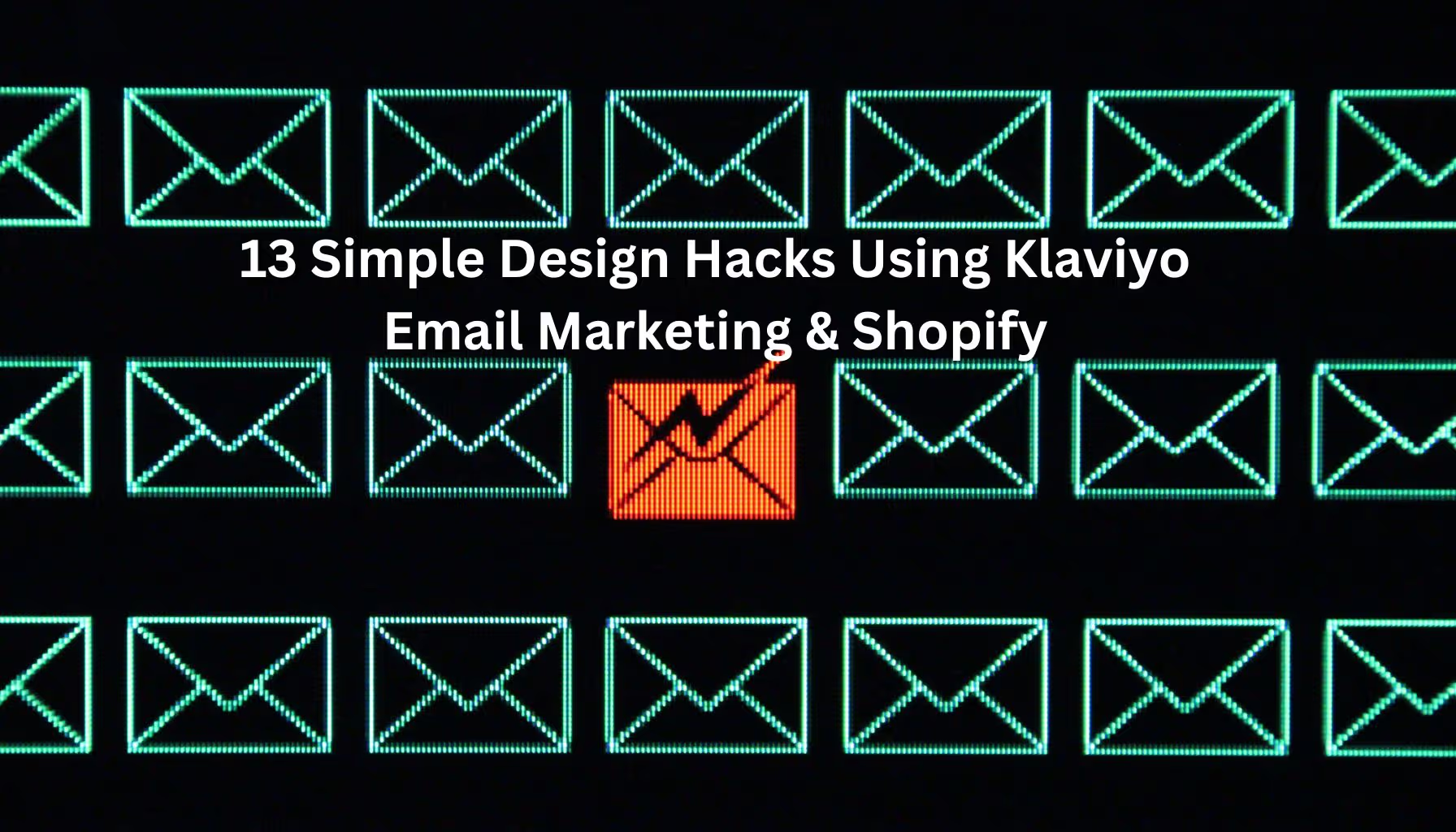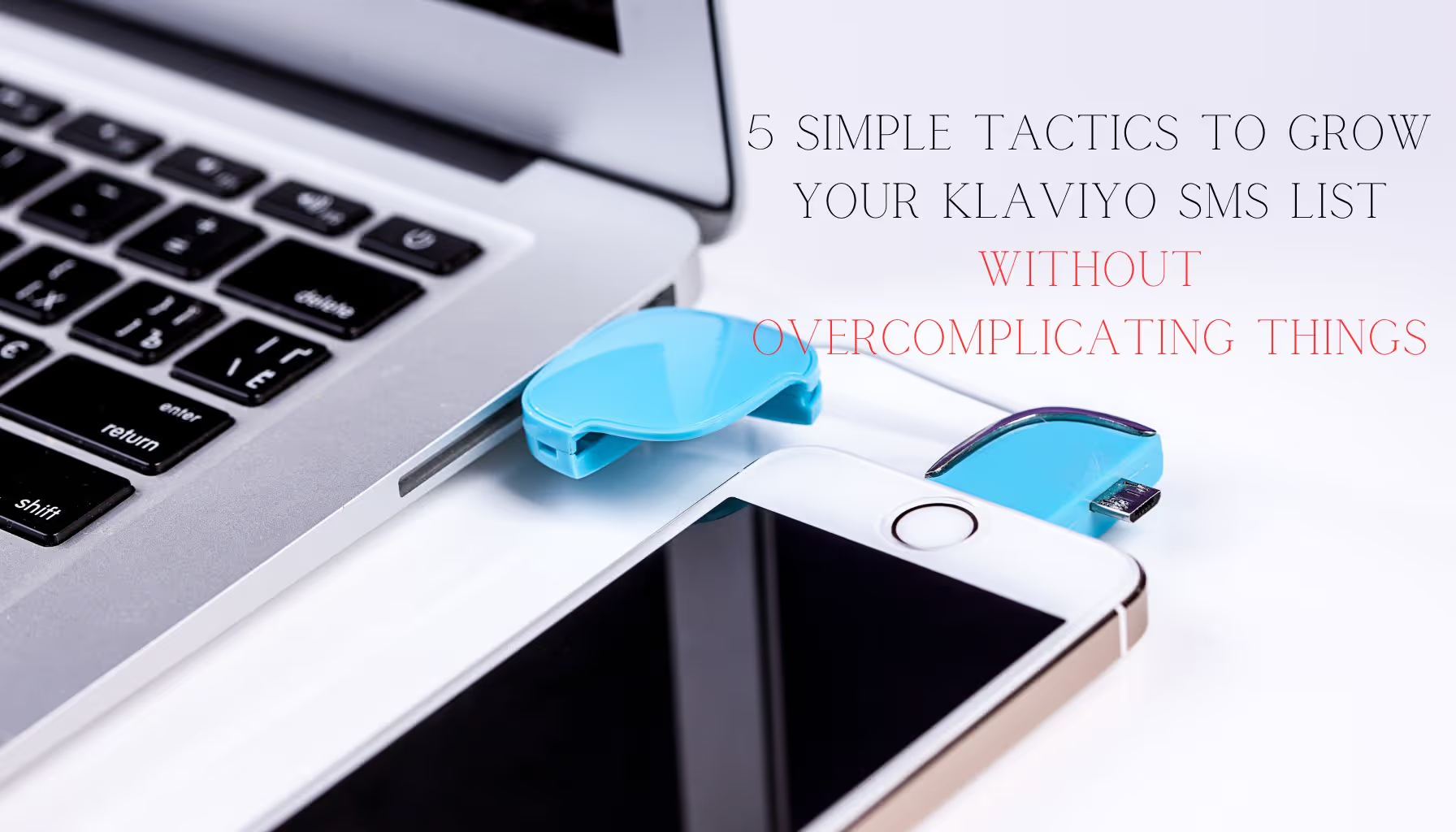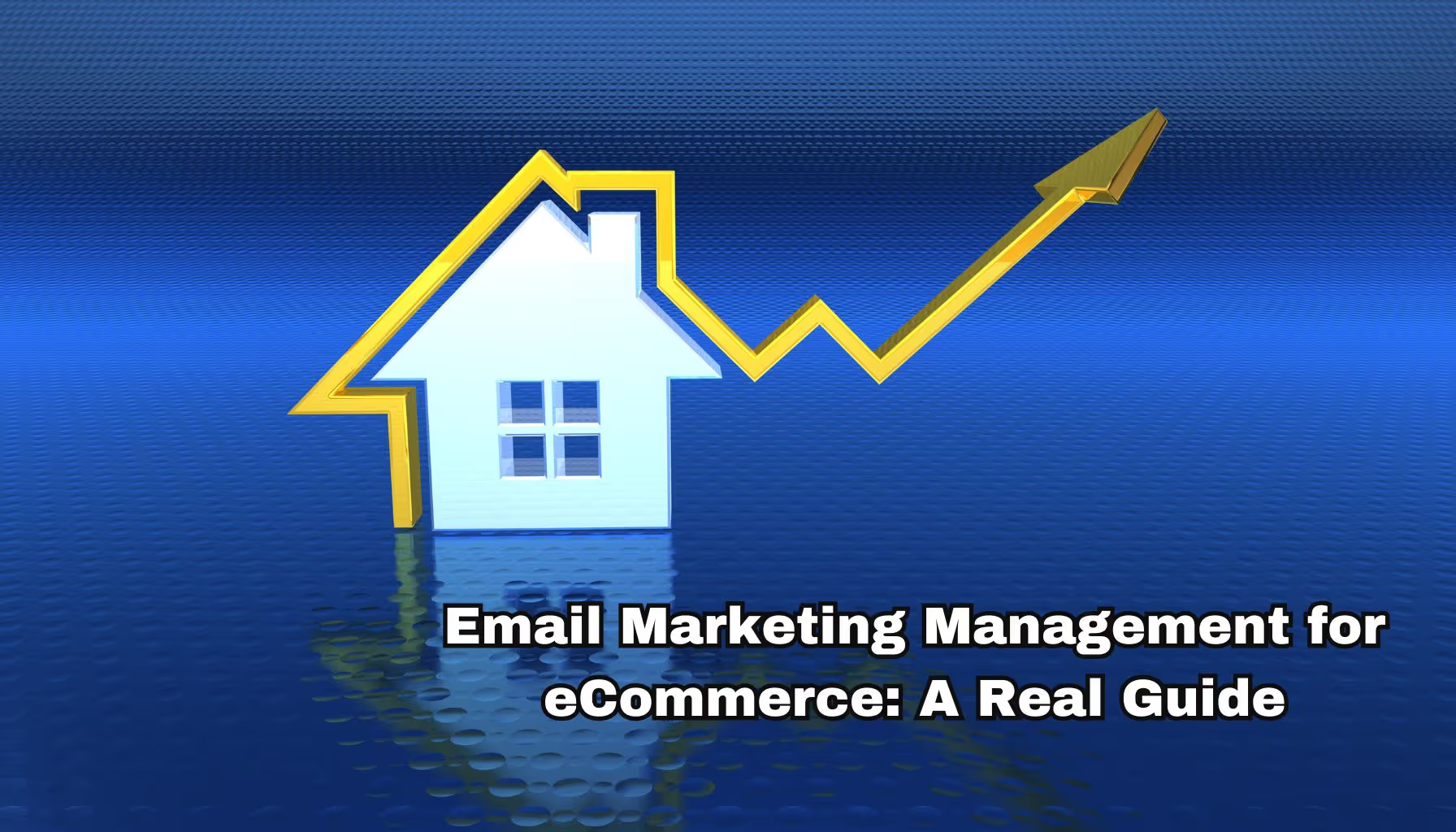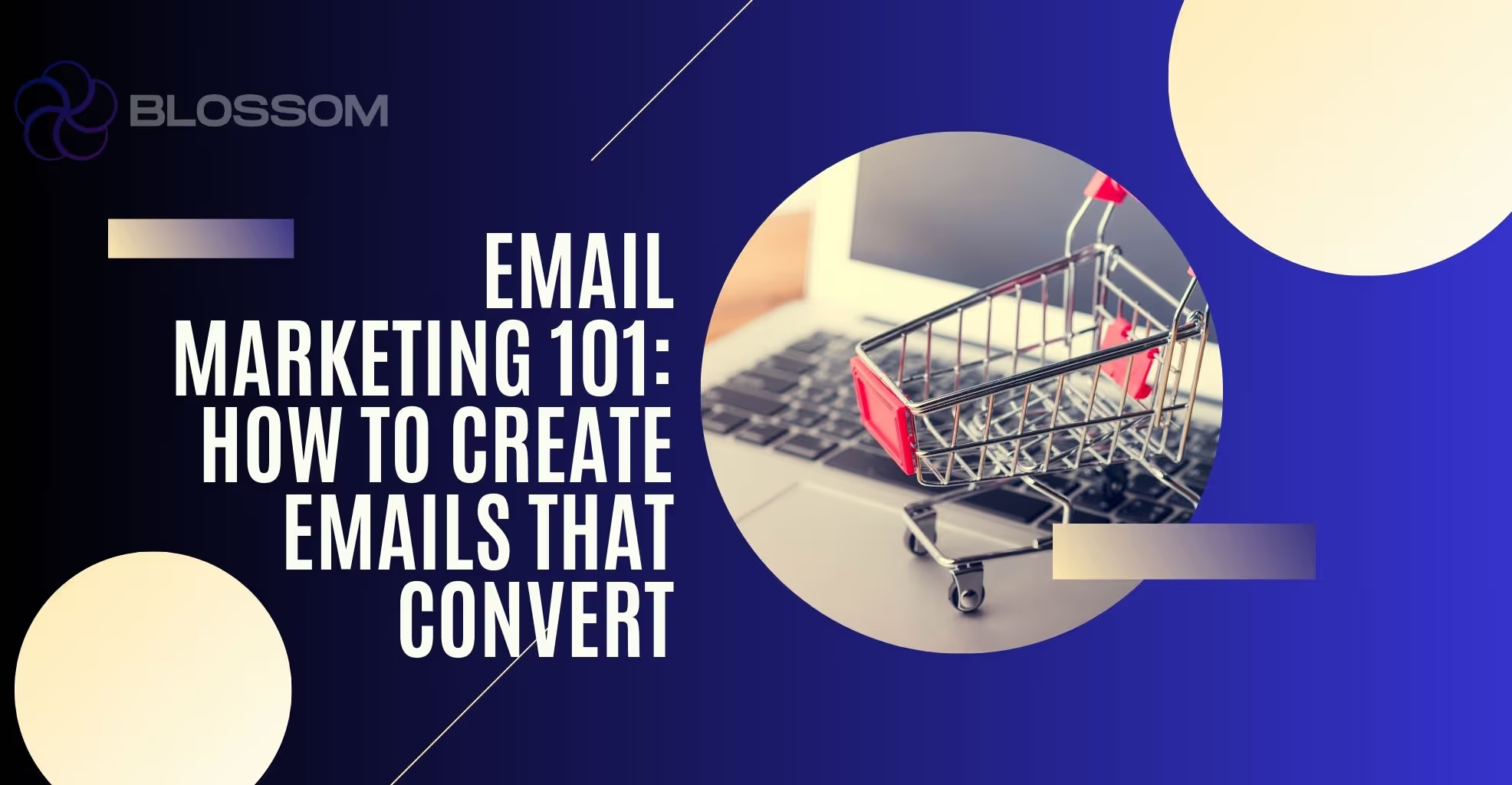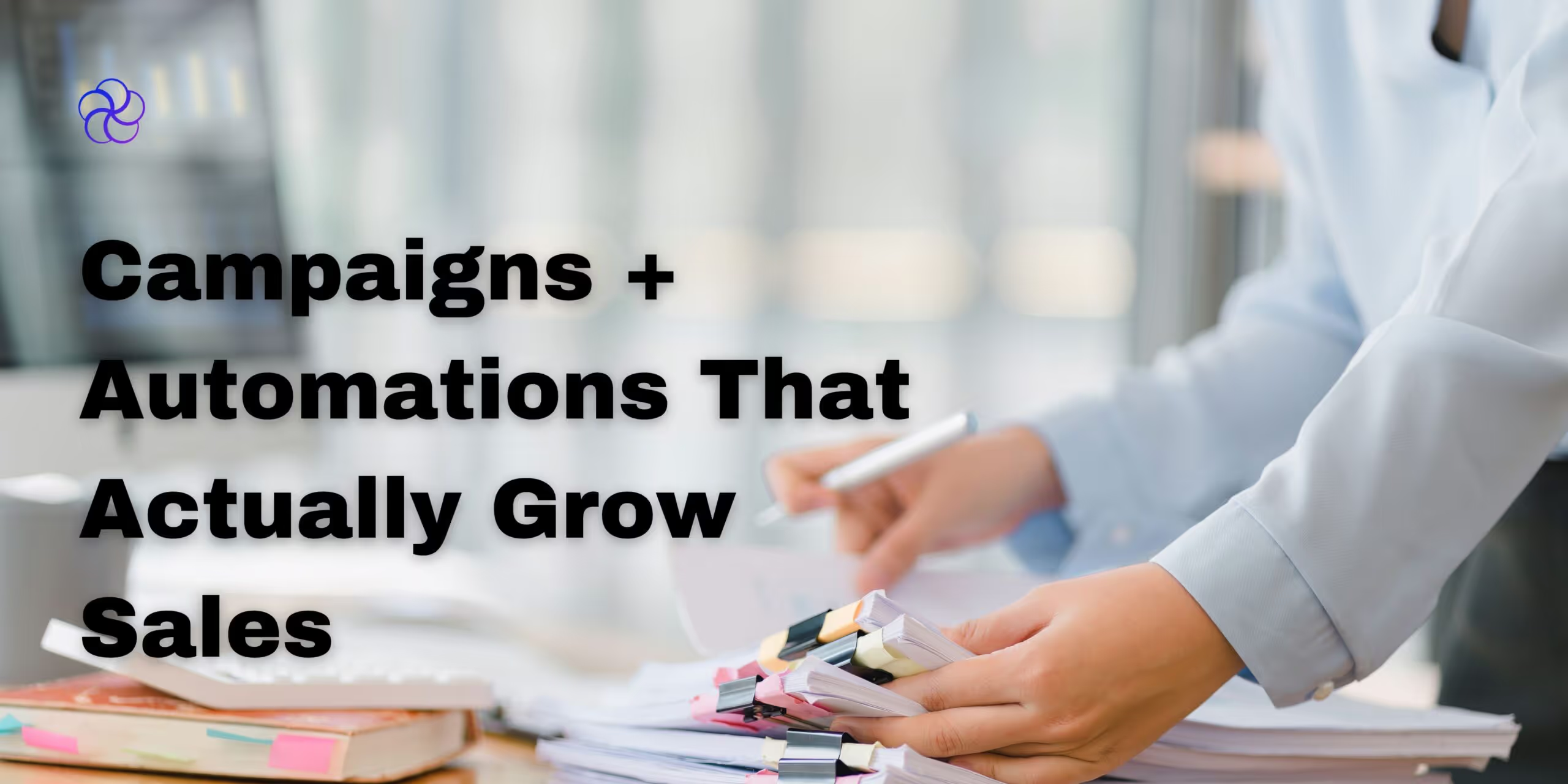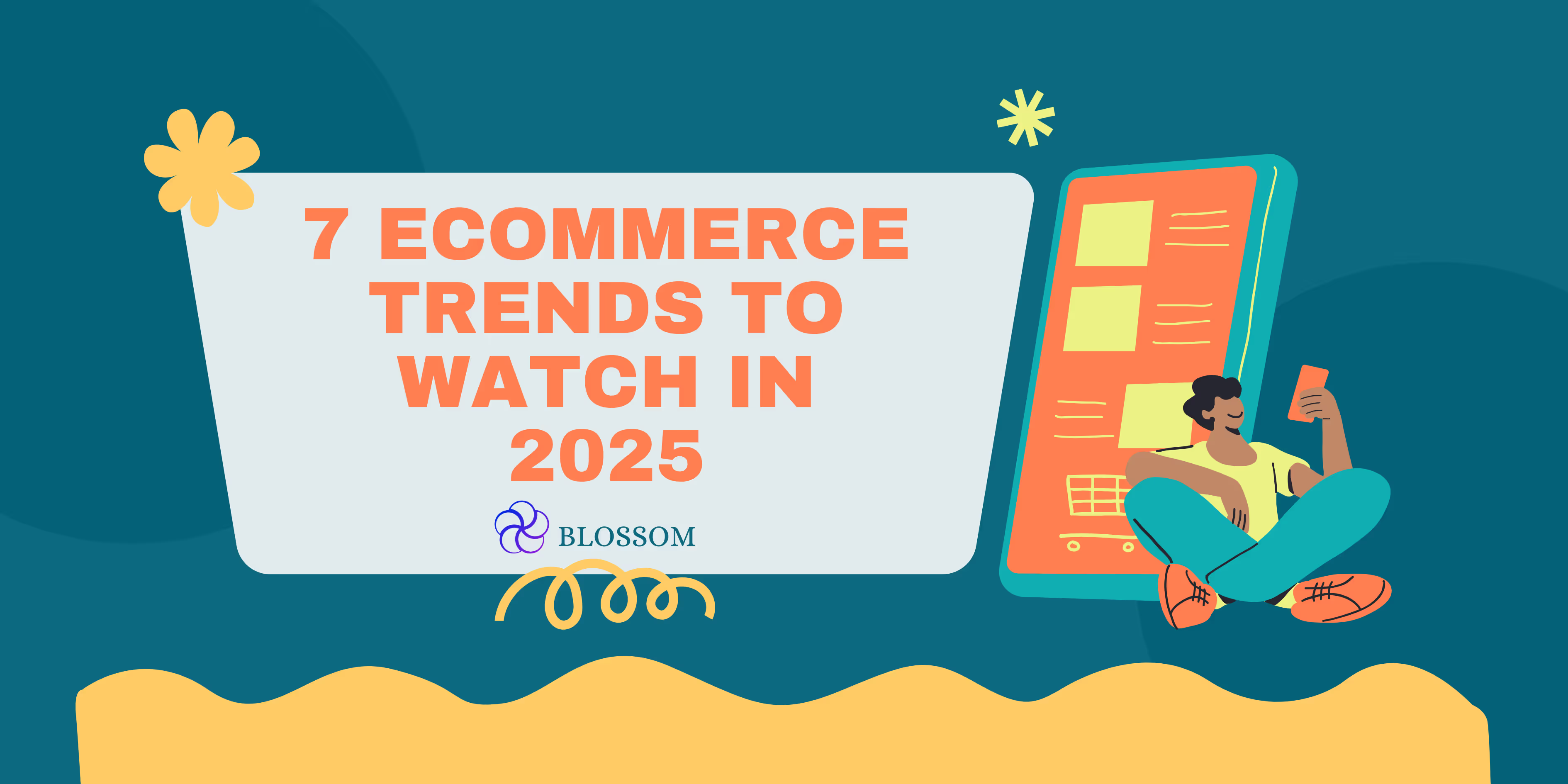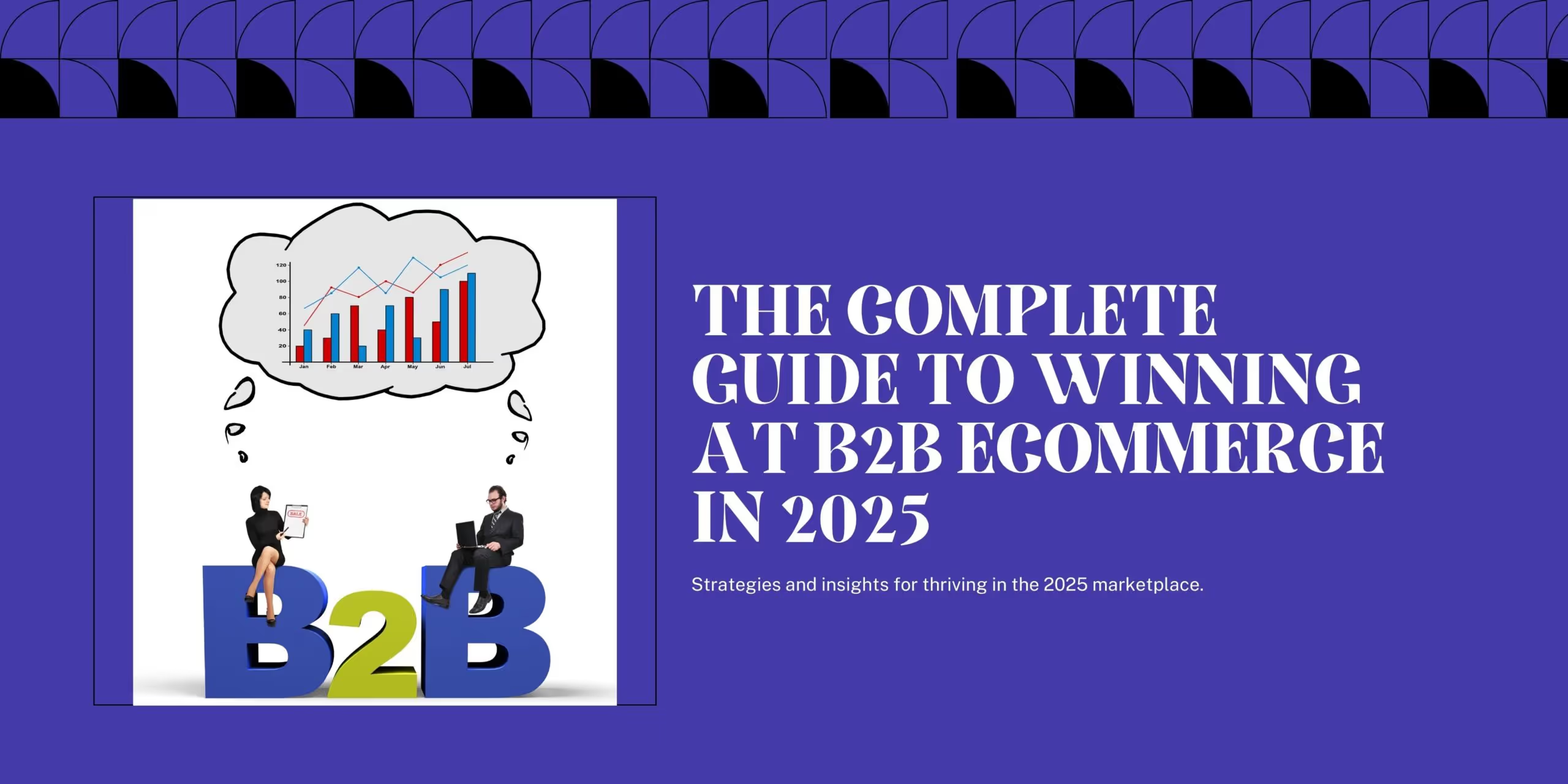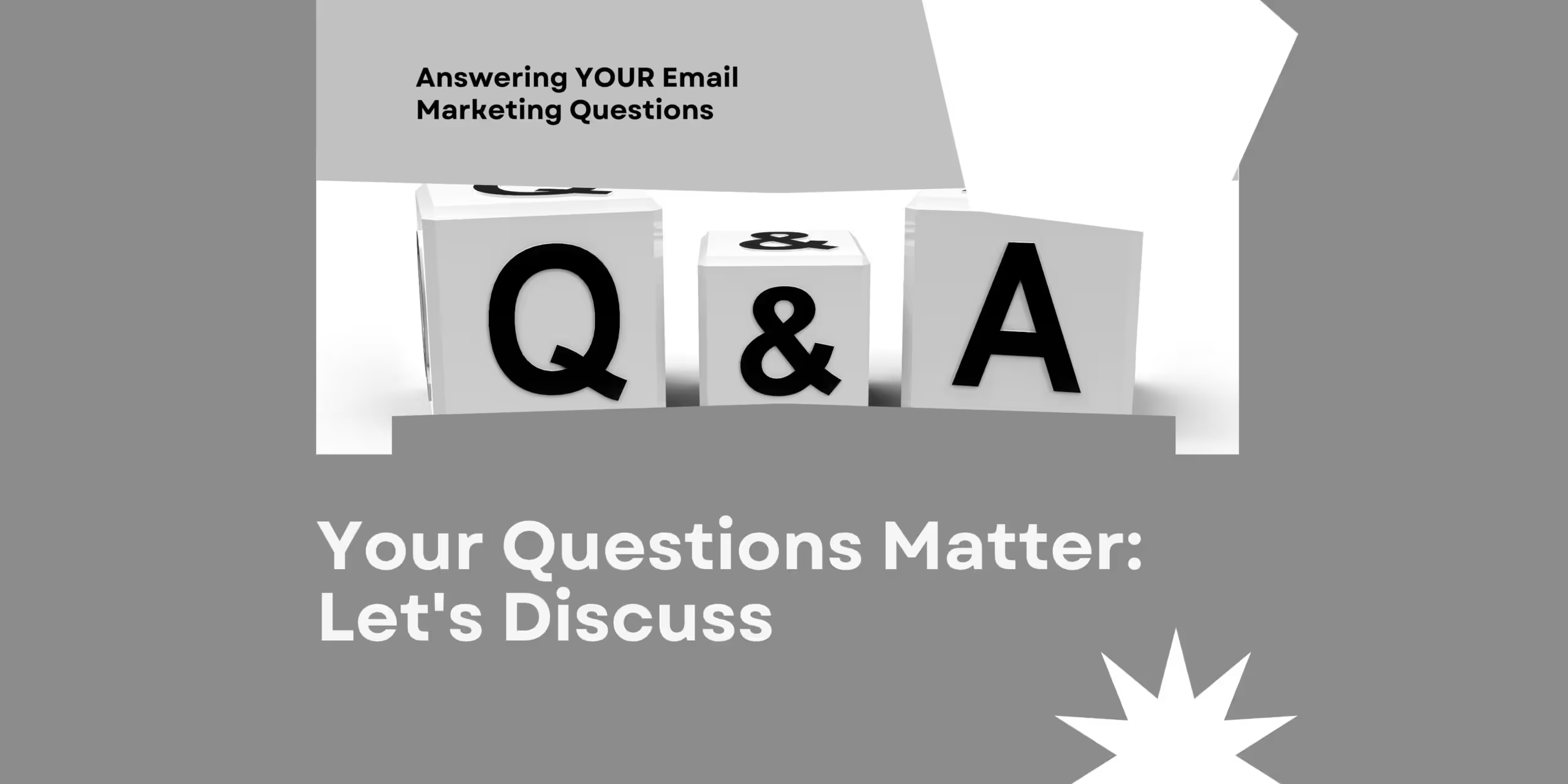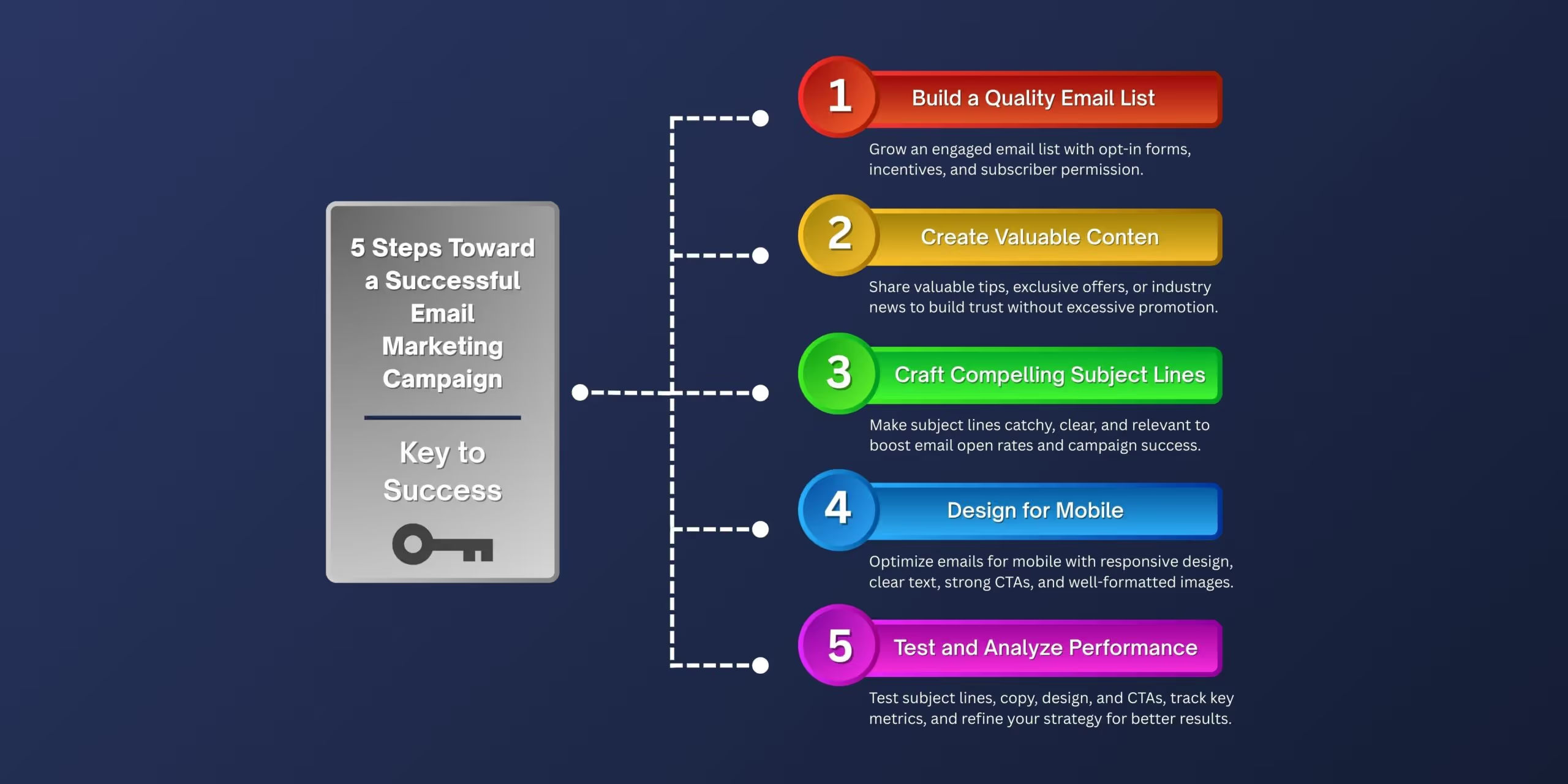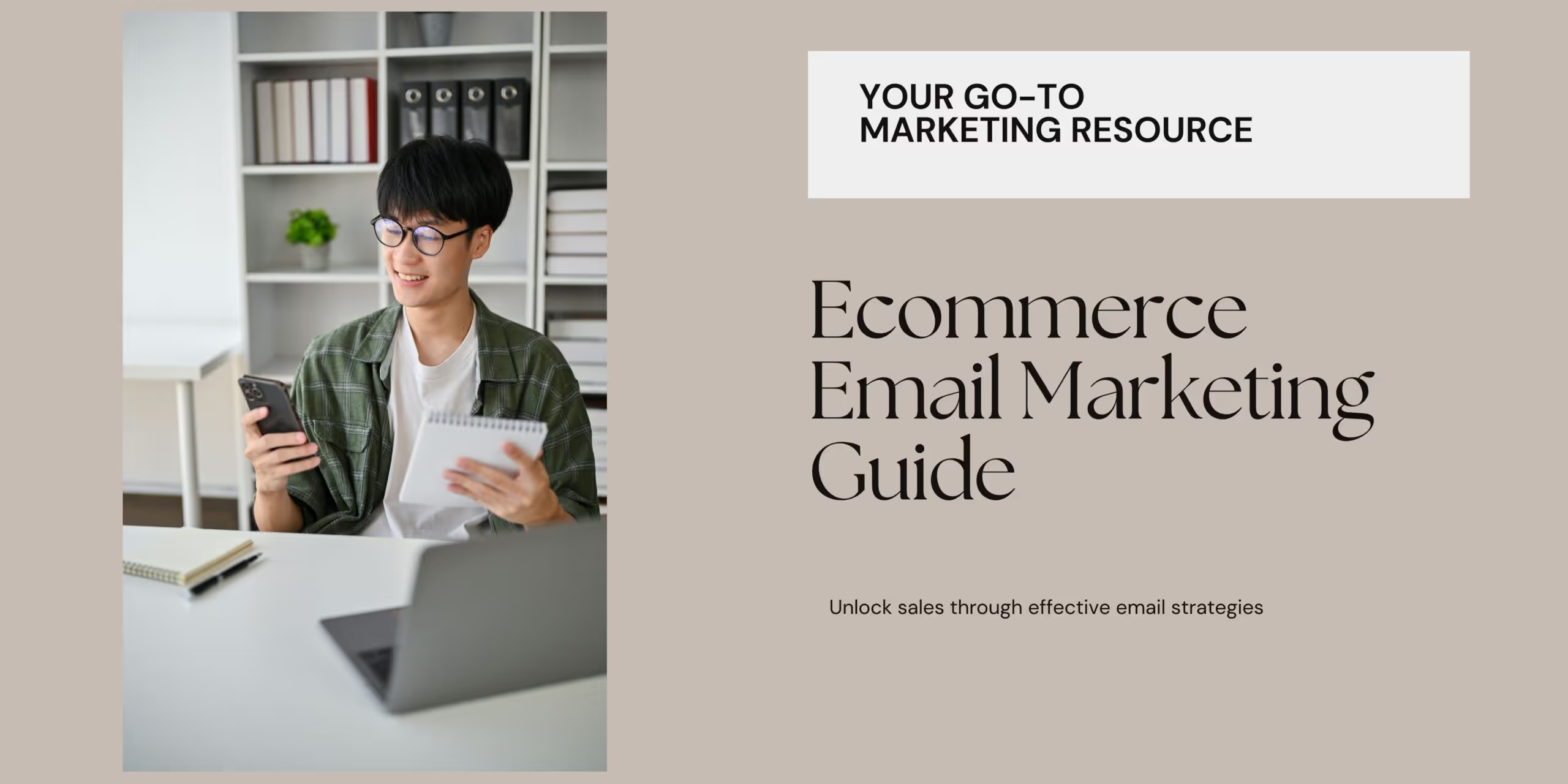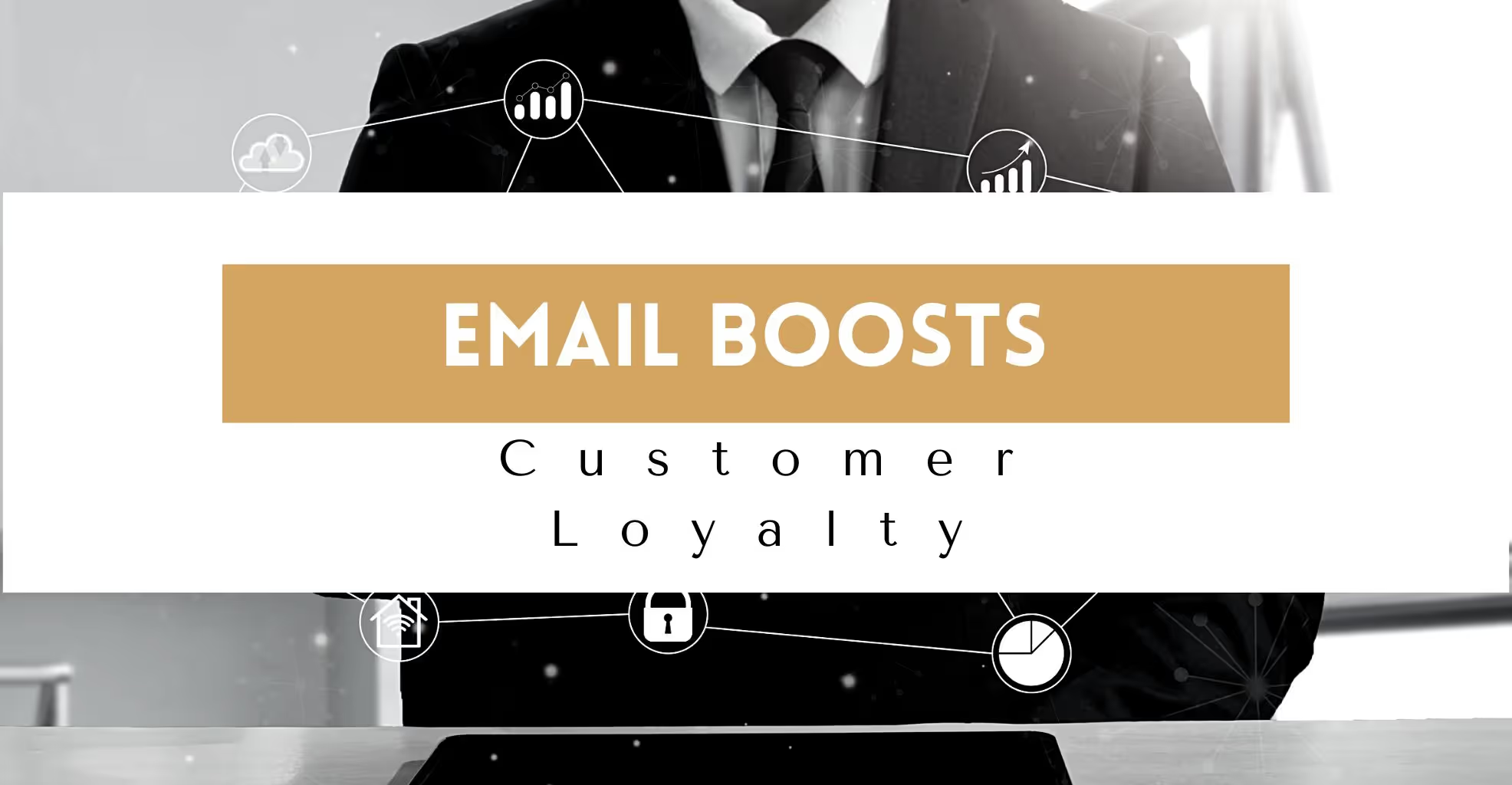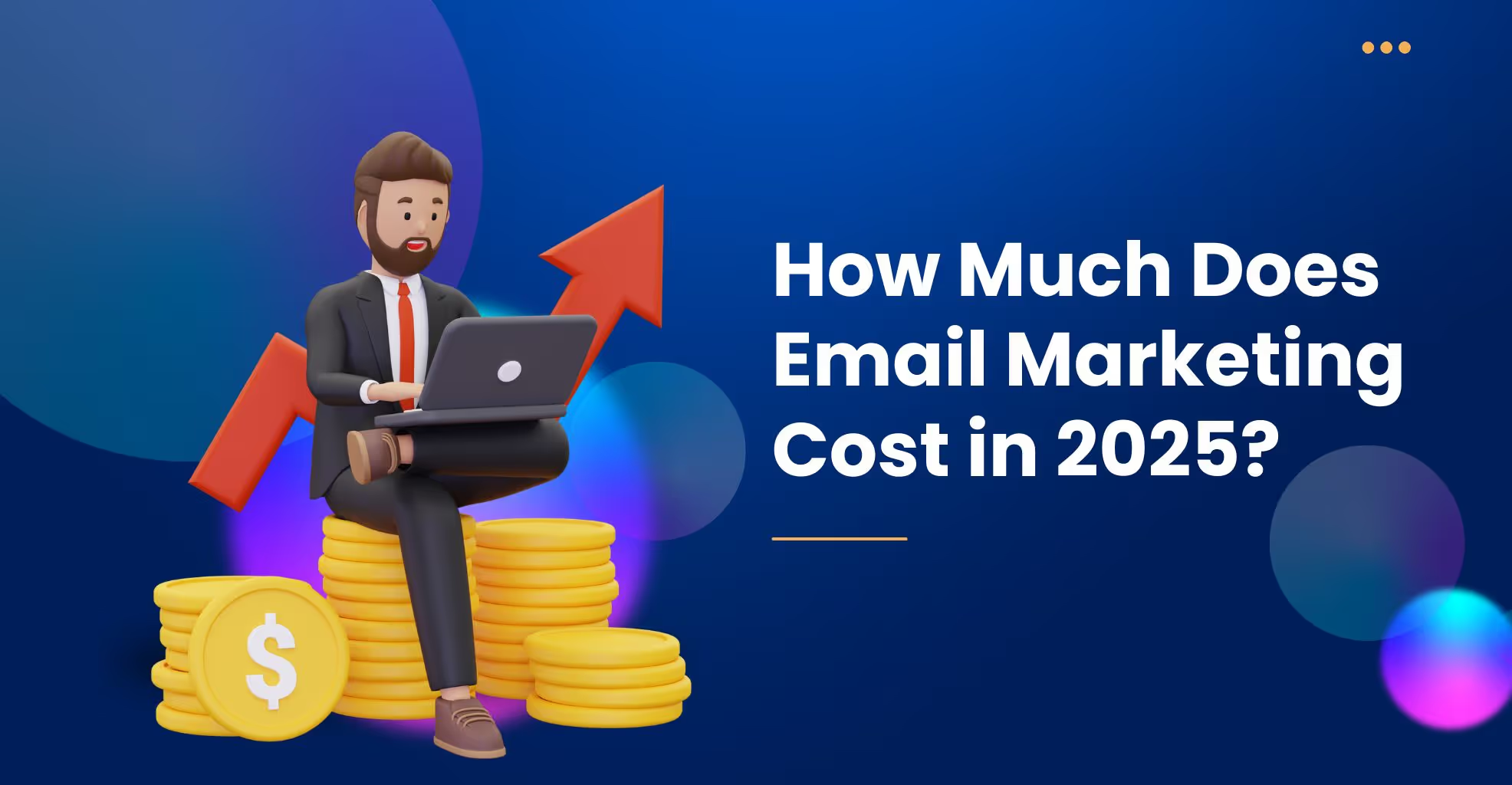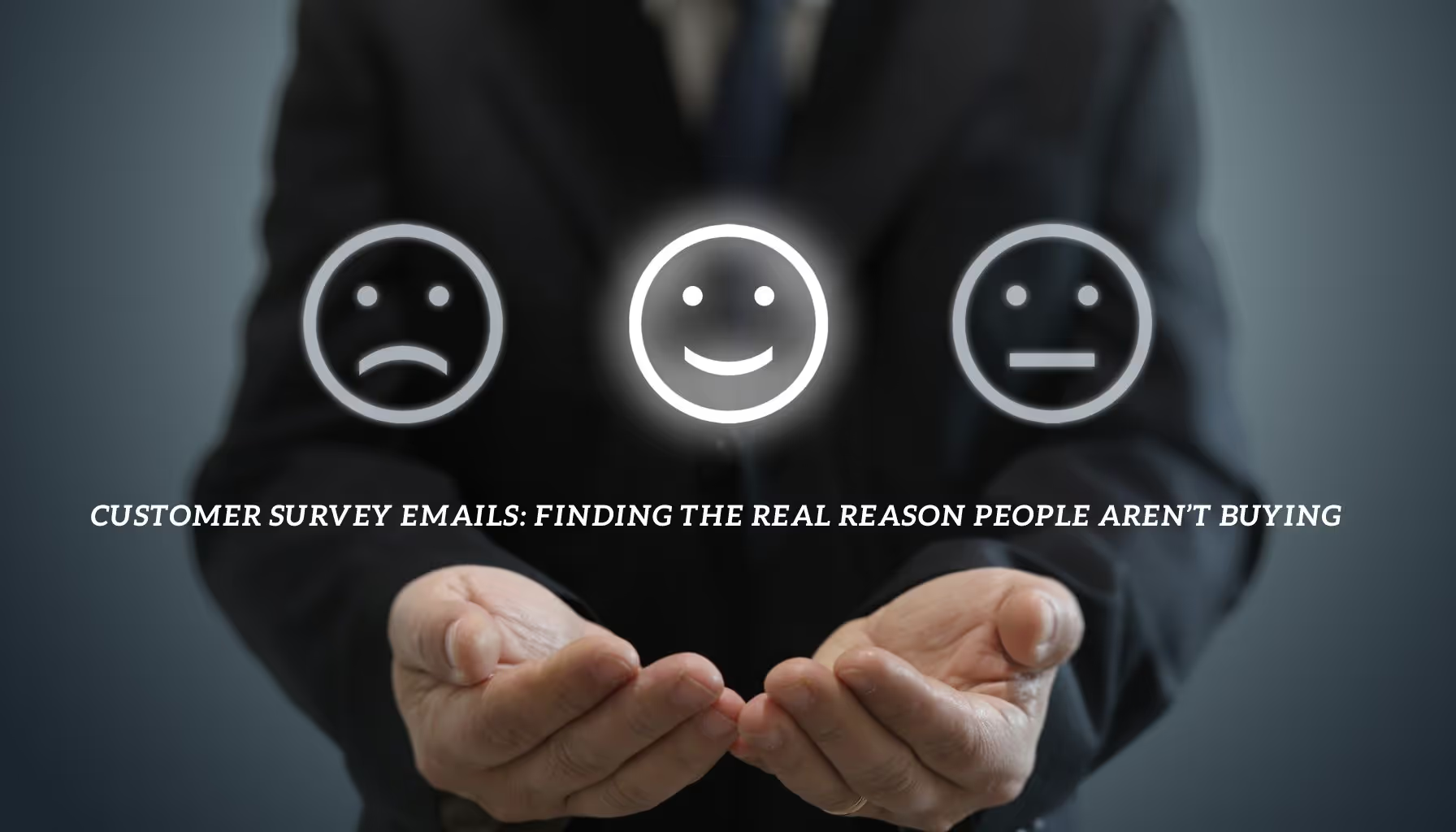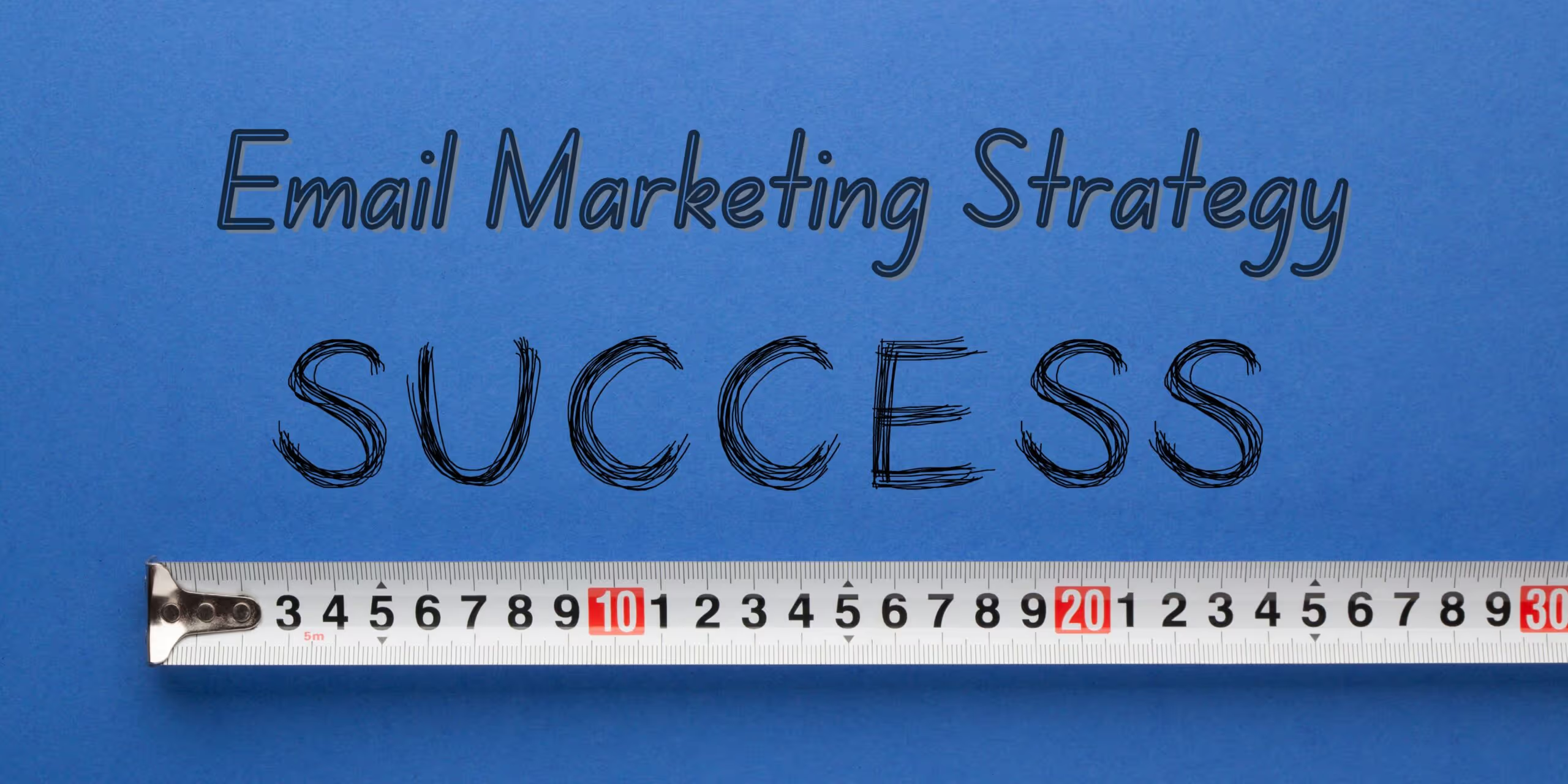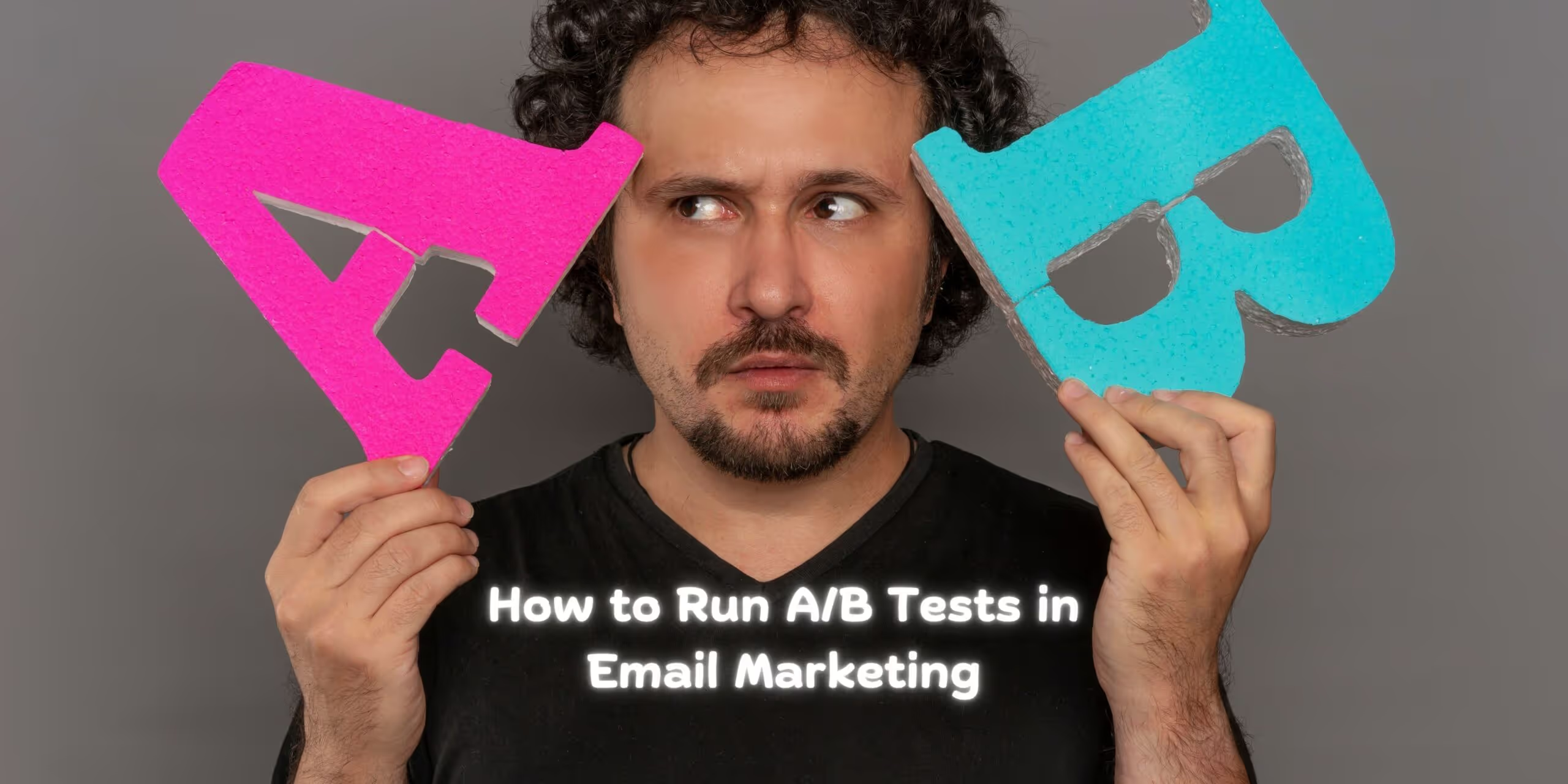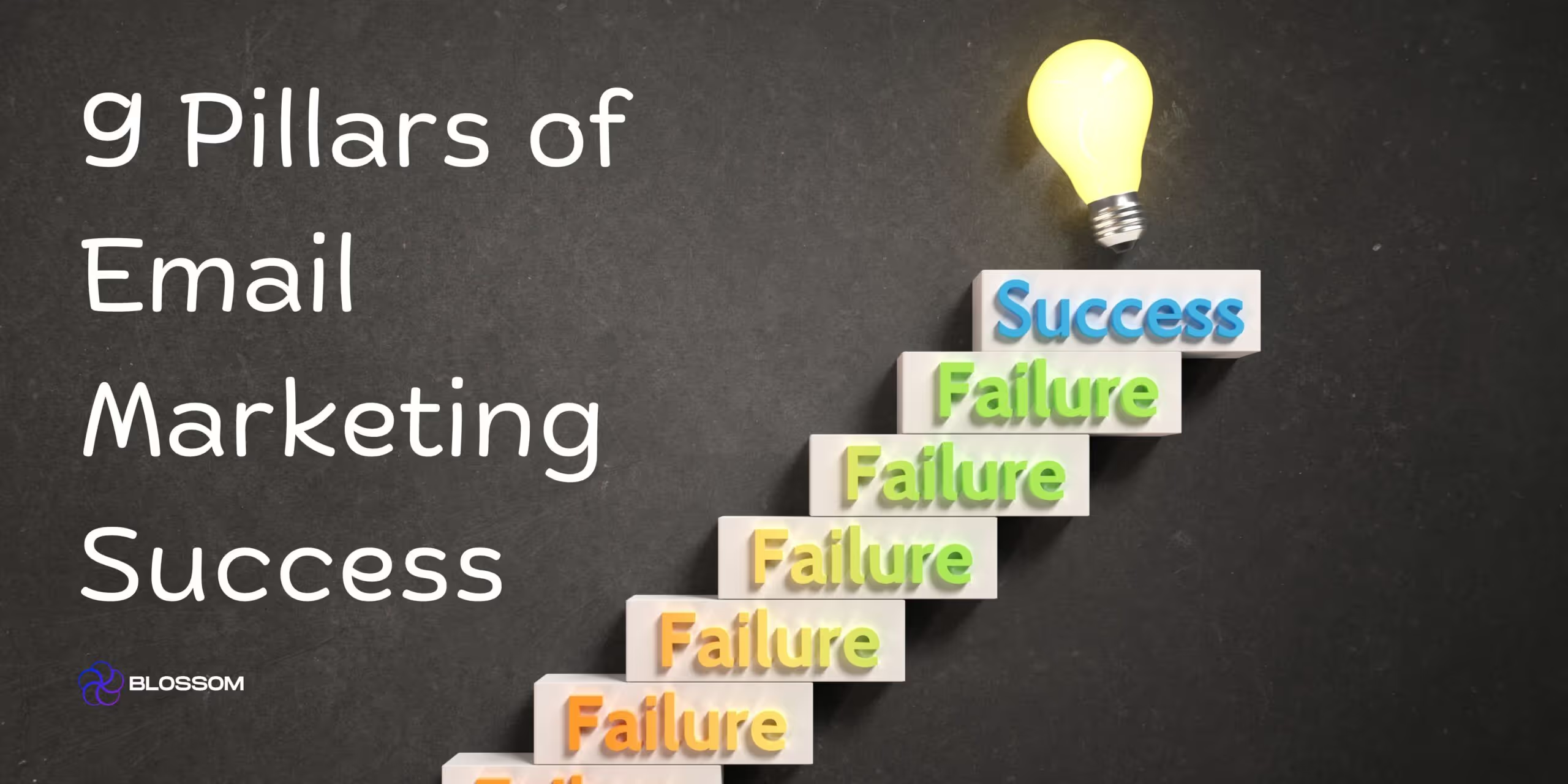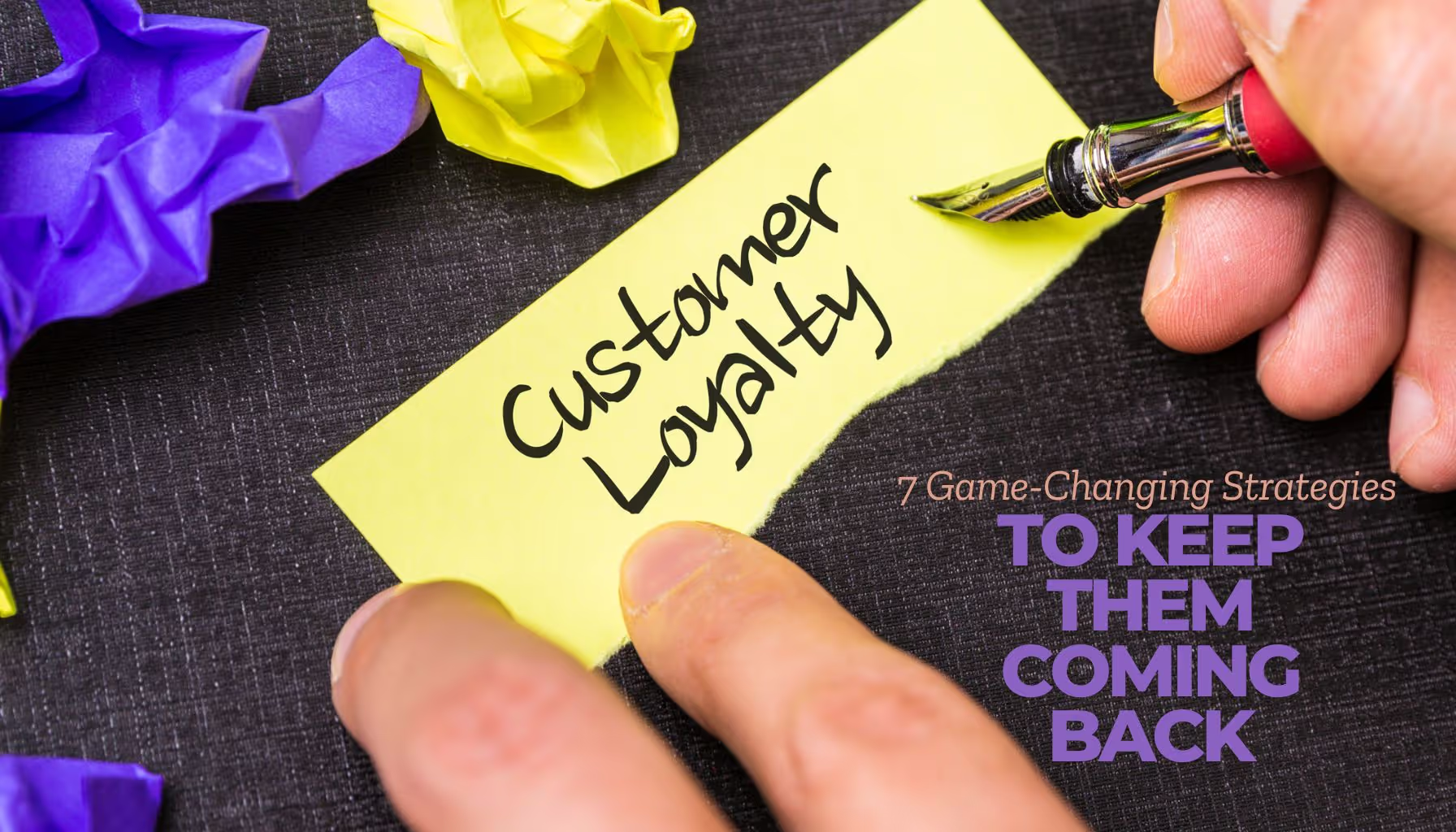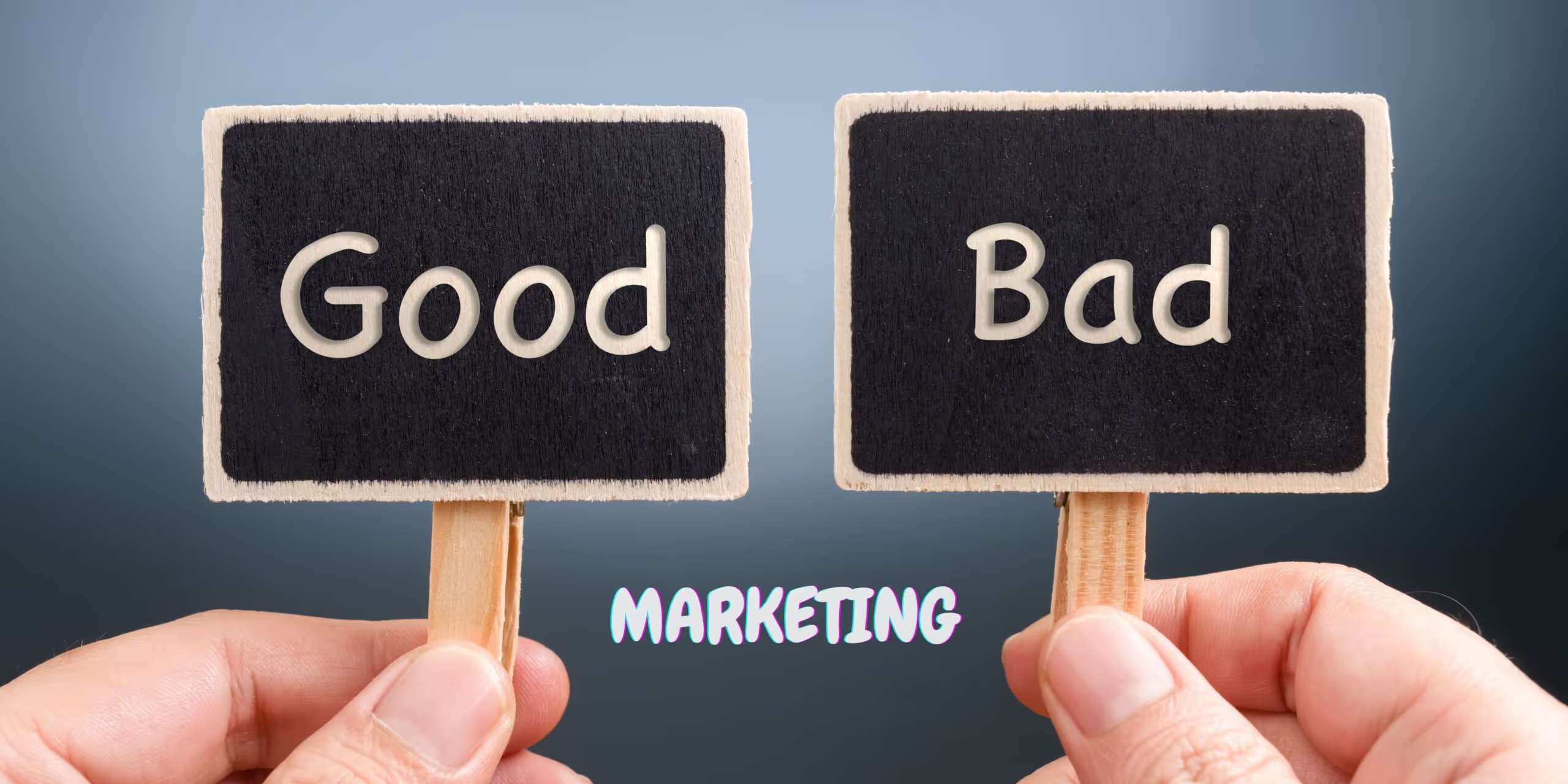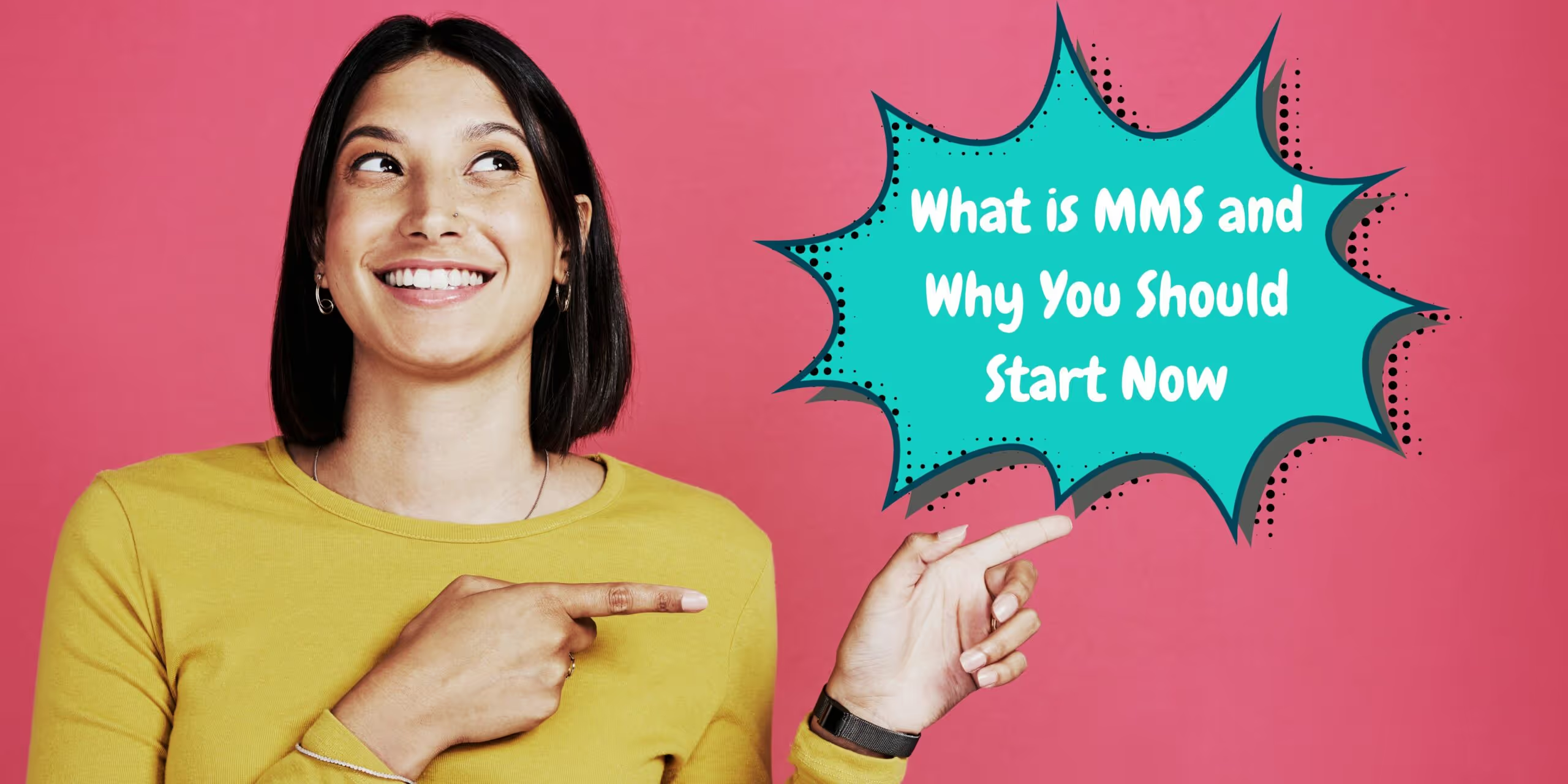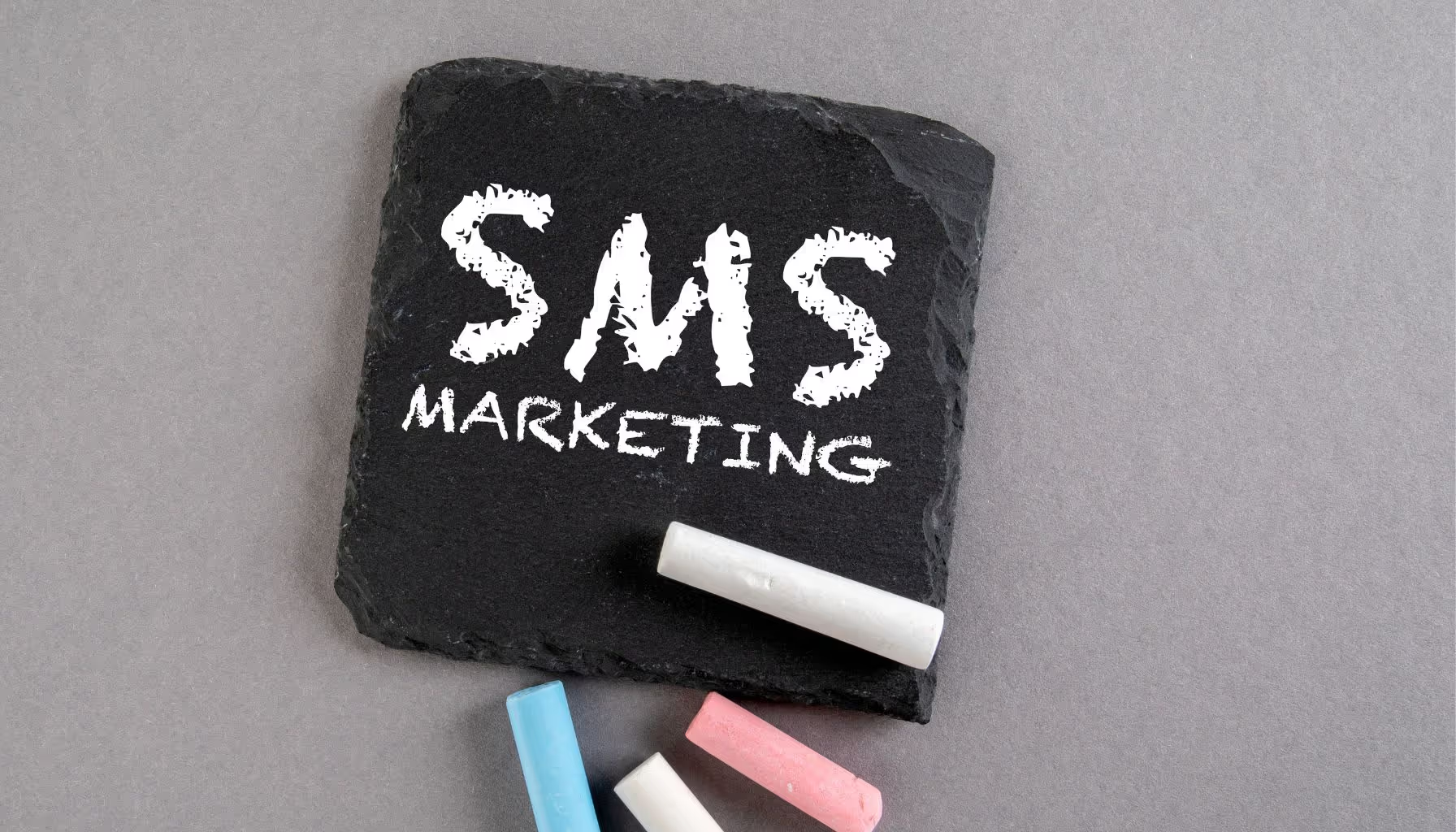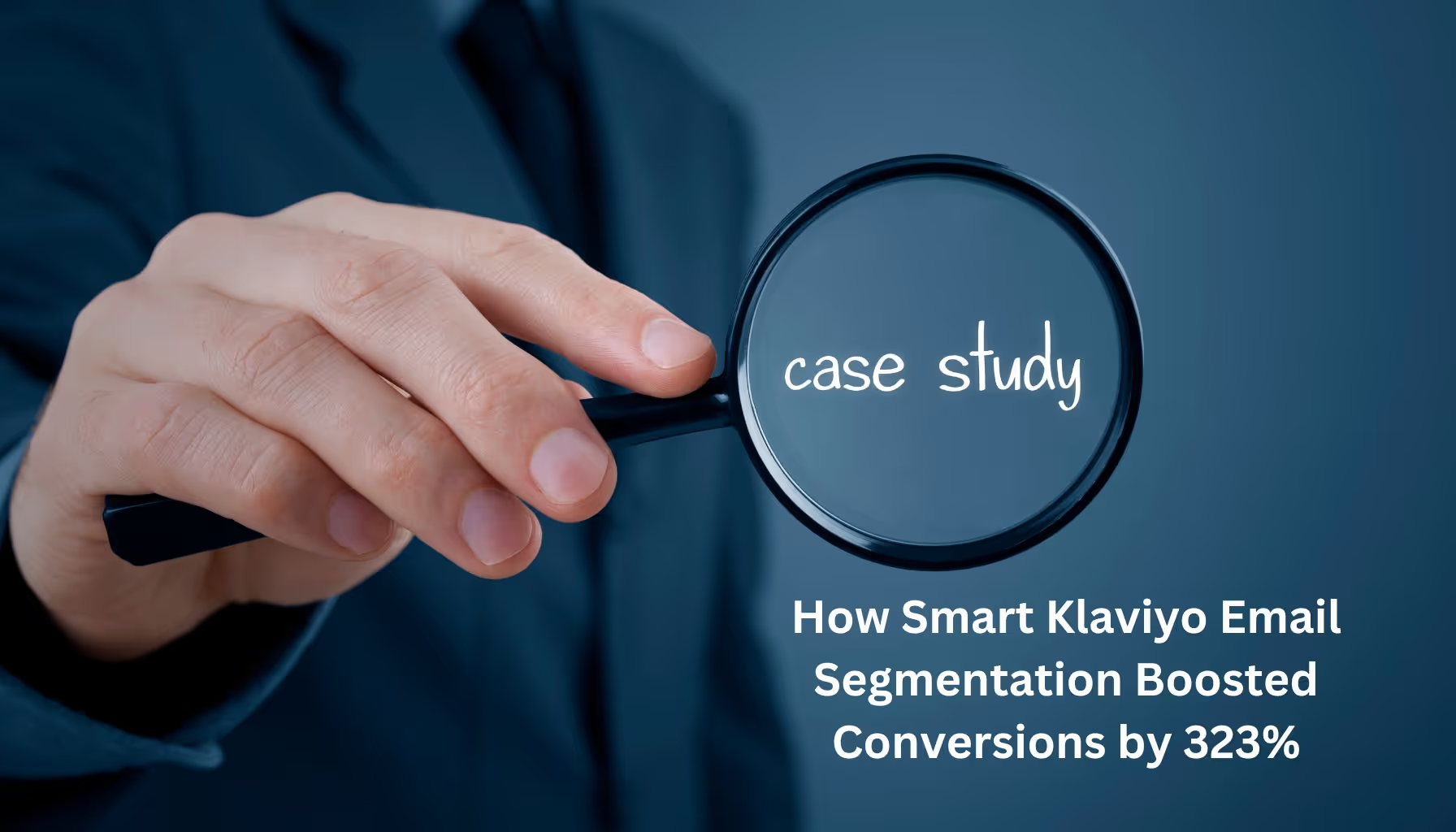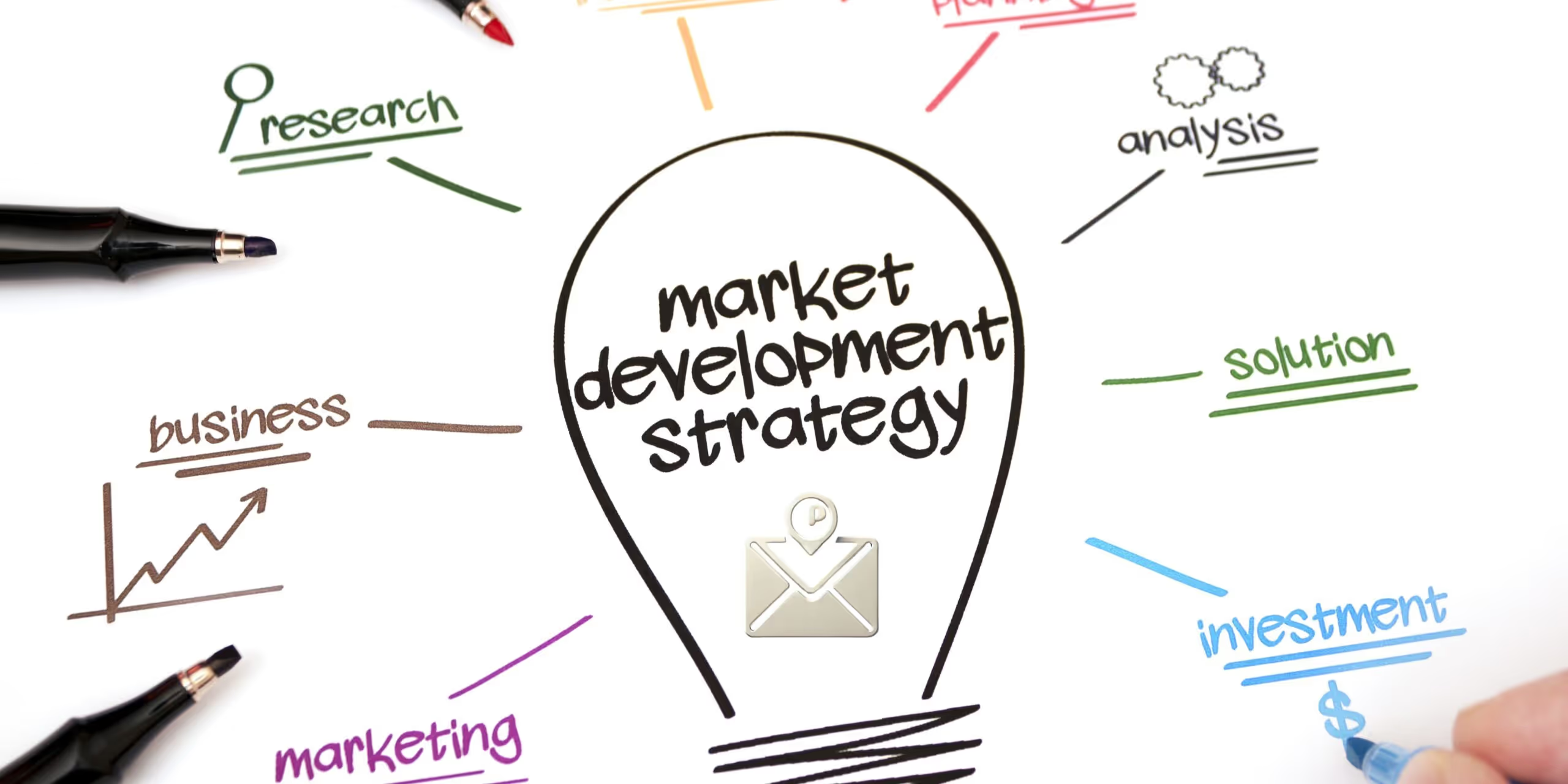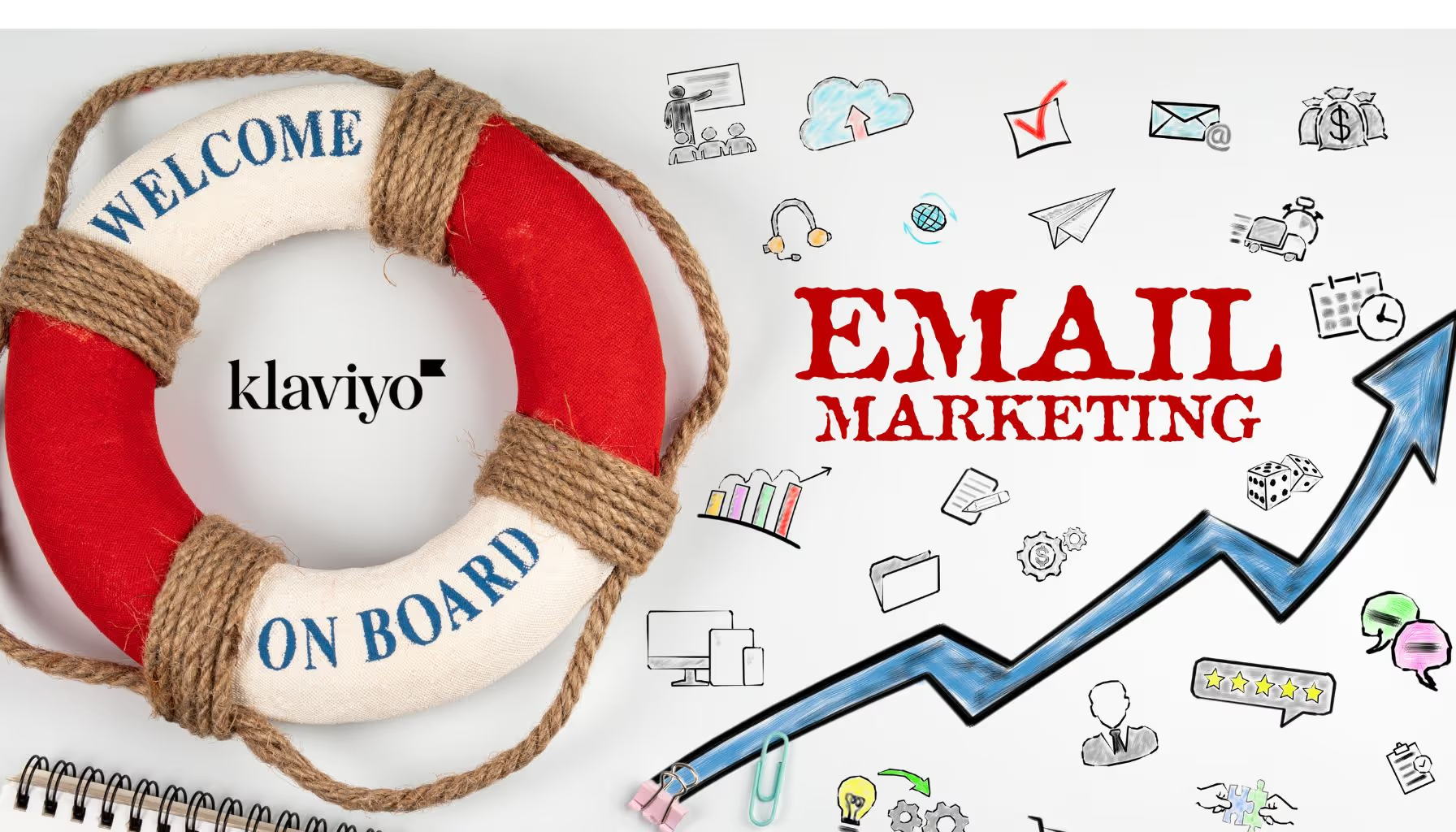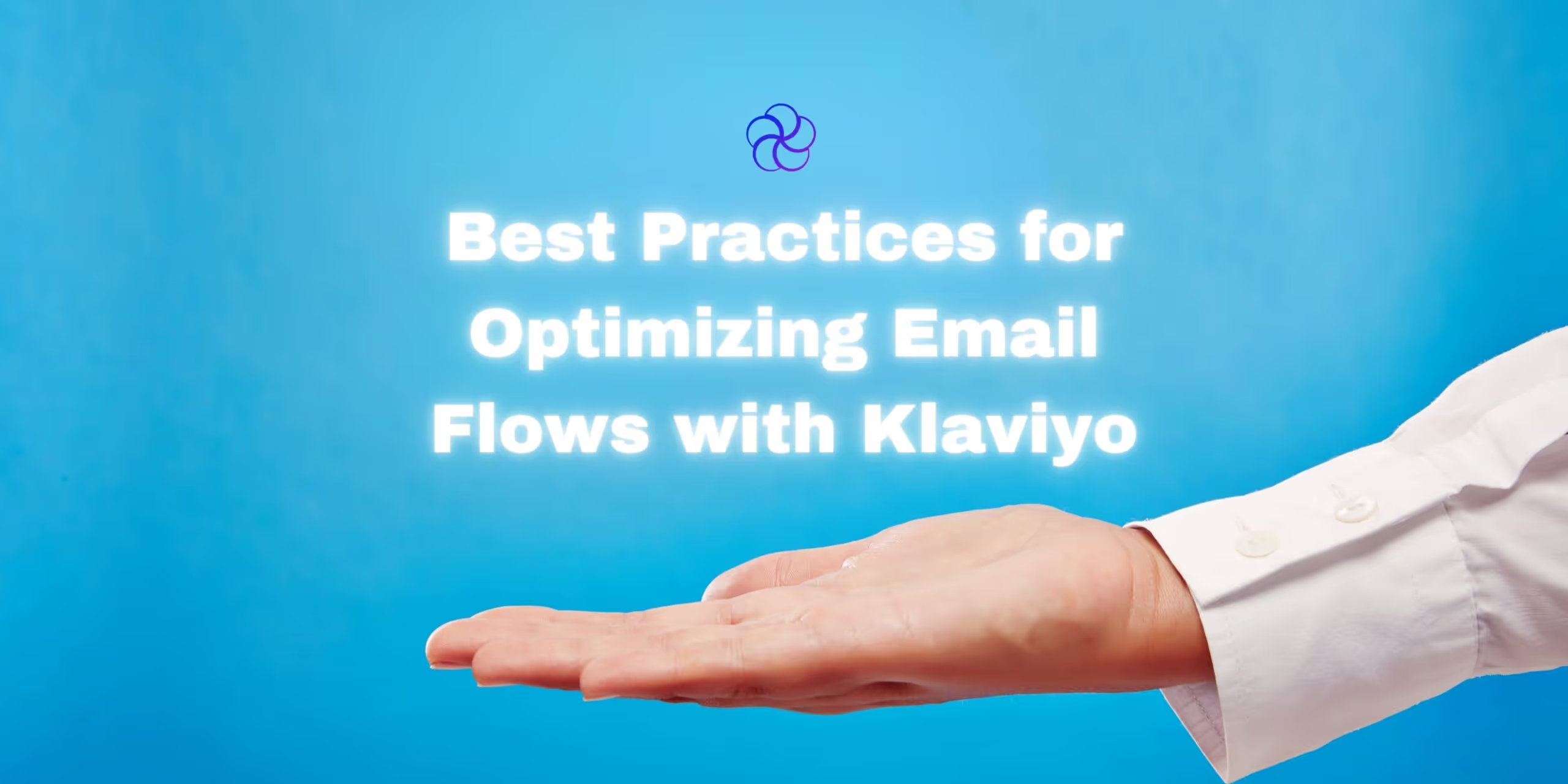Glossary of Email Marketing Terms
| Term | Definition |
|---|---|
| Open Rate | The percentage of recipients who open your email. Calculated by (unique opens ÷ total delivered emails) × 100. |
| Sender Reputation | A score assigned by inbox providers (like Gmail) based on your sending habits, list health, and engagement. |
| Segmentation | Breaking your email list into sub-groups based on behaviors, demographics, or customer lifecycle stage. |
| Personalization | Using subscriber-specific data to customize email content—like name, location, or purchase history. |
| Bounce Rate | The percentage of emails that couldn’t be delivered. High bounce rates can harm your sender reputation. |
| Spam Filter | Algorithms used by inbox providers to determine whether an email should go to the inbox or the junk folder. |
| A/B Testing | A strategy that compares two versions of a subject line or content to identify which performs better. |
Why Open Rates Matter (And Why You’re Probably Overlooking Them)
Your open rate is the first domino. If your email isn’t opened, it doesn’t matter how compelling your offer is, how stunning your design is, or how powerful your CTA is. It all starts with the open.

Here’s the brutal truth:
- Average open rate for eCommerce brands? 15–25%
- Great open rates? 35%+ (with proper segmentation and personalization)
Your email marketing stack isn’t broken—you’re just not being seen. Let’s fix that.
Here are three Steps to Increasing Your Marketing Email Open Rates
Step 1: Start with a High-Quality Email List
Email list quality trumps list size. Always.
Why It Matters:
| Problem | Impact |
|---|---|
| Old or inactive emails | Low opens, higher spam reports |
| Purchased lists | Legal risk, high bounce rate |
| No double opt-in | Low engagement, trust issues |
Stat to Know: Email lists decay at 22.5% per year due to inactive users, job changes, and domain expirations.
How to Build & Maintain a Clean List:
- ✅ Use double opt-in to confirm intent
- ✅ Regularly purge inactive users (non-openers in 90+ days)
- ✅ Run re-engagement campaigns before deleting
- ✅ Validate emails with tools like ZeroBounce, NeverBounce, or Kickbox
Pro Tip: Send welcome emails immediately after signup. They’re your highest open-rate emails (avg. 60–80%).
Step 2: Segment Like a Pro (Don’t Send to Everyone)
Sending the same message to your entire list is lazy—and ineffective.
Why It Works:
| Segmented Campaigns | Non-Segmented Campaigns |
|---|---|
| 14.3% higher open rates | Lower engagement |
| 100.9% higher click-throughs | Higher unsubscribe risk |
| Higher deliverability | Damaged sender reputation |
Smart Segmentation Ideas:
| Segment Type | What to Send |
|---|---|
| First-Time Buyers | Welcome series + how-to guides |
| Repeat Customers | Loyalty rewards, cross-sells |
| Lapsed Subscribers | Winback offer, “We miss you” email |
| Geo-Based | Local events, region-specific promos |
| High-Value Customers (LTV > $200) | VIP early access or concierge offers |
Pro Tip: Batch sends by engagement level (e.g. 30-day openers first, then 60-day) to protect sender reputation.
Step 3: Craft Subject Lines That Get Clicked
Your subject line = your first impression. Get it wrong, and it’s “Mark as Read” at best—or “Unsubscribe” at worst.
3 Elements of a High-Performing Subject Line:
- Personalization
- ✅ “Hey Rachel, you left this in your cart”
- ✅ “Only for New Yorkers 🗽”
- Value
- ✅ “$10 Off Your First Order”
- ✅ “How to Triple Your Conversions in 5 Minutes”
- Curiosity or Urgency
- ✅ “You’re not going to like this…”
- ✅ “Tonight Only: 25% Off Everything”
Subject Line Best Practices:
- Keep it under 60 characters
- Avoid all caps or excessive punctuation
- A/B test consistently
- Use preheaders to complement or add context
Preheader Examples:
Subject: “Still deciding?”
Preheader: “Your cart’s waiting + a surprise inside 🎁”
Step 4: Maintain a Consistent Sending Schedule
Sending sporadically = spiking bounce rates + lower open rates.
Consistency builds inbox trust and subscriber expectations.
Best Practices:
- Start with 1–2 emails/week
- Send at the same time each week
- Gradually scale volume—not all at once
- Avoid sending after long periods of silence
Use Smart Send Time Tools:
Platforms like Klaviyo, Mailchimp, and Omnisend offer:
- Smart Send Time AI
- Send-time A/B testing
- Global timezone optimization
Step 5: Use Automation to Stay Relevant
Automation isn’t just about saving time—it’s about showing up at the right moment with the right message.
High-Open-Rate Automated Emails:
| Flow | Avg. Open Rate |
|---|---|
| Welcome Series | 60–80% |
| Cart Abandonment | 45–65% |
| Browse Abandonment | 35–50% |
| Winback Flow | 30–45% |
Pro Tip: Use dynamic subject lines in flows. Example:
“We saved this for you, [First Name]”
Step 6: A/B Test and Measure Everything
Don’t assume. Test.
What to A/B Test:
| Element | Test Options |
|---|---|
| Subject Line | Curiosity vs. Direct |
| CTA | Button color, copy, or placement |
| Send Time | Morning vs. Afternoon |
| Personalization | With vs. without name |
| Preview Text | Value-driven vs. open loops |
Key Metrics to Track:
| Metric | Target |
|---|---|
| Open Rate | 30–50% (great) |
| Bounce Rate | < 2% |
| Unsubscribe Rate | < 0.3% |
| Spam Complaints | < 0.1% |
Use platforms like Litmus, Email on Acid, or GlockApps to test deliverability before sending.
Frequently Asked Questions
1. What’s a “good” open rate for eCommerce emails?
Anywhere between 30–50% is excellent. Below 20%? It’s time to check your list hygiene and subject lines.
2. How often should I clean my email list?
Every 90 days. Remove bounced emails, hard unsubscribes, and non-openers. Run a re-engagement campaign before deleting inactive users.
3. Should I personalize every subject line?
Personalization can boost open rates, but only if your data is clean. A wrong name is worse than no name.
4. Can emojis hurt my open rates?
Not if used tastefully. Test them with your audience. One emoji in the subject line can sometimes increase opens—but don’t overdo it.
5. What causes high bounce rates?
Usually bad email hygiene, outdated addresses, or typos. Always validate emails during signup with a tool like ZeroBounce or Clearout.
6. What’s more important—open rates or click-through rates?
They work together. A high open rate means your subject lines work. A high click rate means your content + CTA do. You need both.
Final Word: Open Rates Are Earned, Not Guaranteed
Increasing your open rate isn’t about gaming the system—it’s about respecting your audience’s time, trust, and attention.
✅ Clean your list
✅ Segment smartly
✅ Write subject lines that hook
✅ Send consistently
✅ Test everything
Email marketing is permission-based. If you treat that permission like gold, your open rates—and your revenue—will reflect it.
Want Expert Help Increasing Your Open Rates?
At Blossom Ecom, we’ve helped hundreds of DTC brands:
- Clean toxic lists
- Build dynamic segmentation systems
- Write high-converting subject lines
- Increase open rates by 50–130% (yep, we have receipts)
→ Book a Free Email Audit Now
Let’s turn your inbox strategy into a revenue engine.
Need help implementing this?
Let us take the hassle of managing your email marketing channel off your hands. Book a strategy call with our team today and see how we can scale your revenue, customer retention, and lifetime value with tailored strategies. Click here to get started.
Curious about how your Klaviyo is performing?
We’ll audit your account for free. Discover hidden opportunities to boost your revenue, and find out what you’re doing right and what could be done better. Click here to claim your free Klaviyo audit.
Want to see how we’ve helped brands just like yours scale?
Check out our case studies and see the impact for yourself. Click here to explore.

Read Our Other Blogs

Personalizing Push Notifications for Better Retention Outcomes


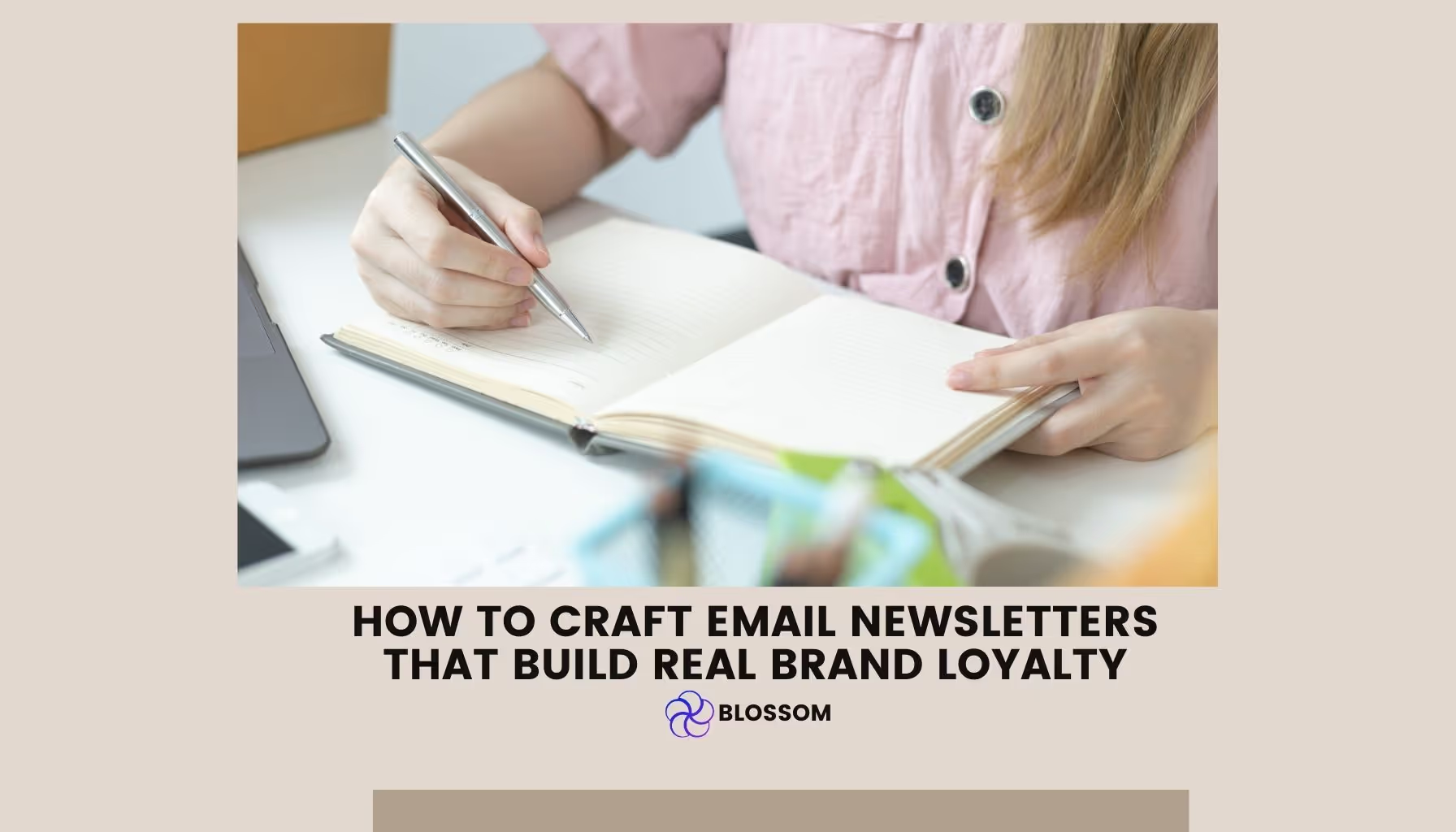
How to Craft Email Newsletters That Build Real Brand Loyalty


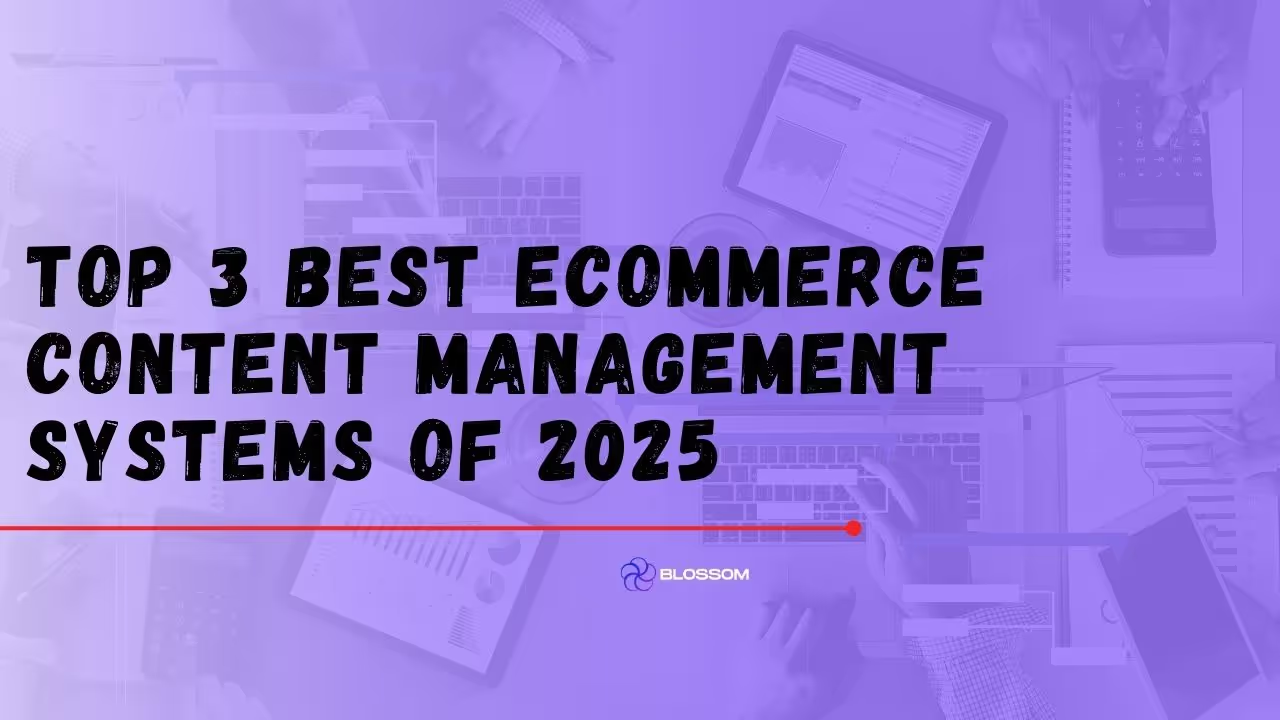
Top 3 Best eCommerce Content Management Systems of 2025




Not Sure Where to Start?
Let's find the biggest retention opportunities in your business. Get a free Klaviyo audit or retention consultation.




